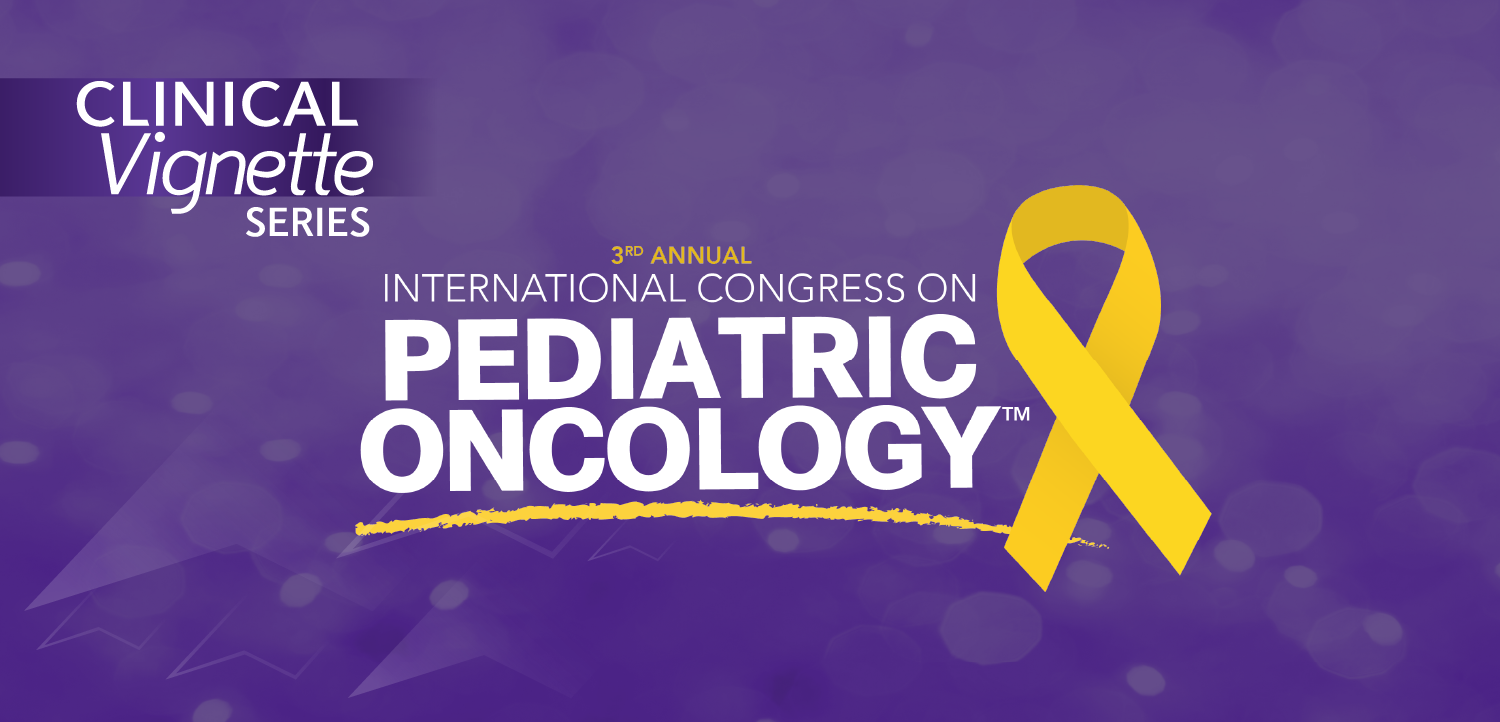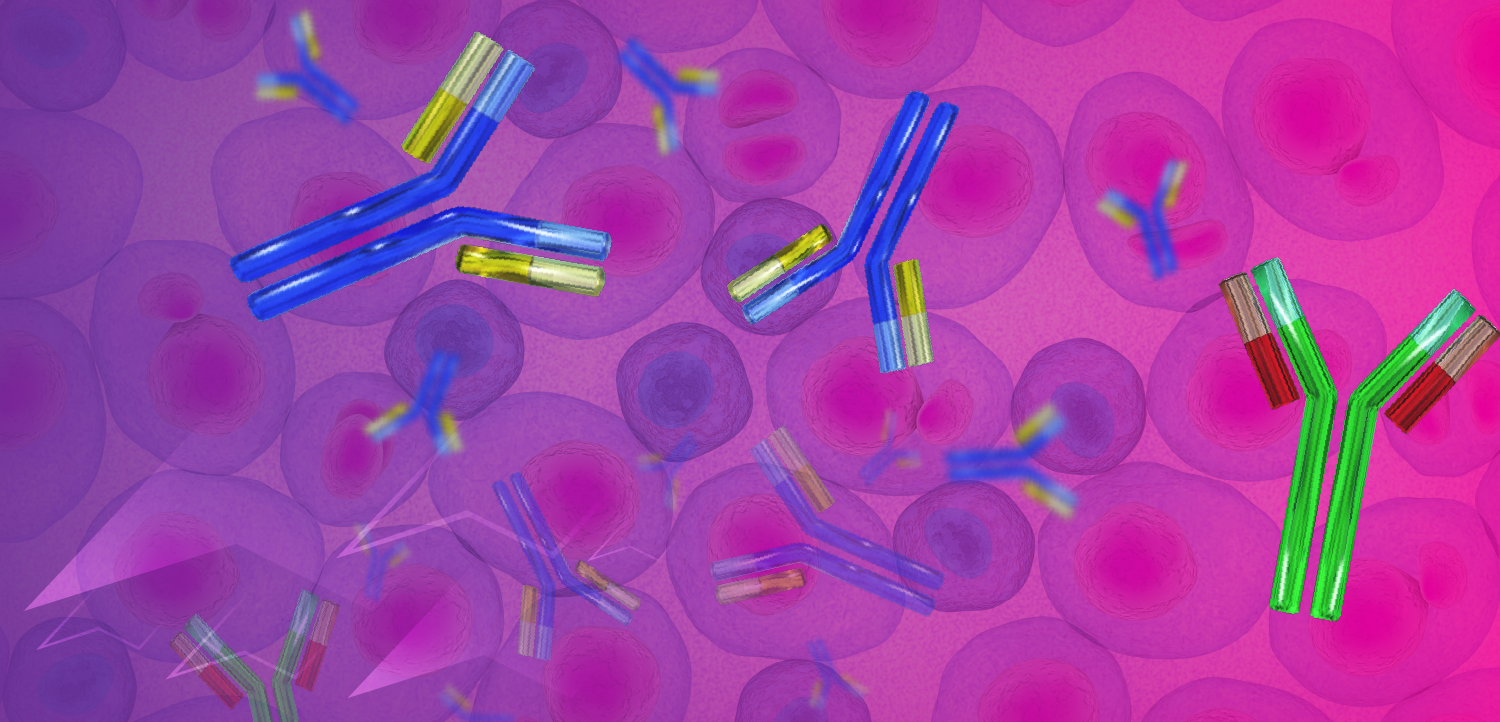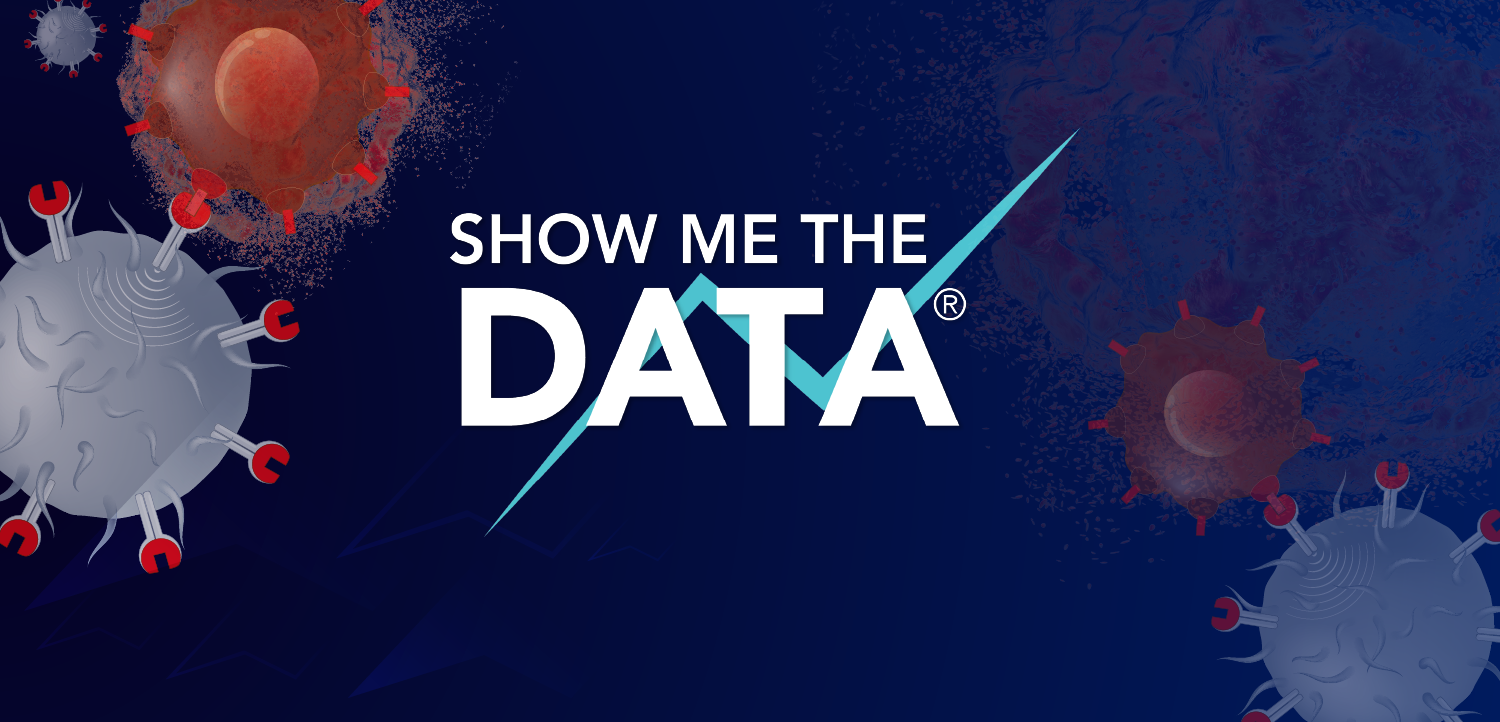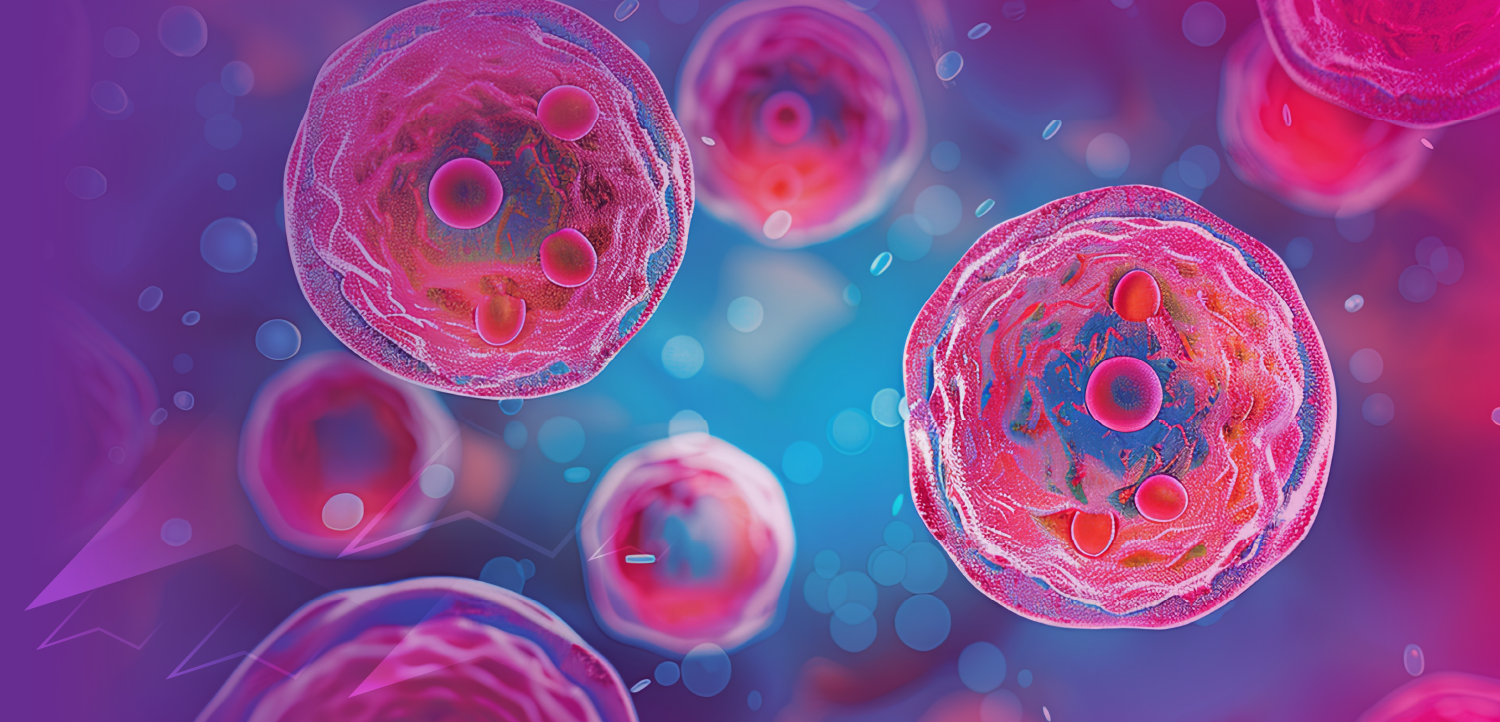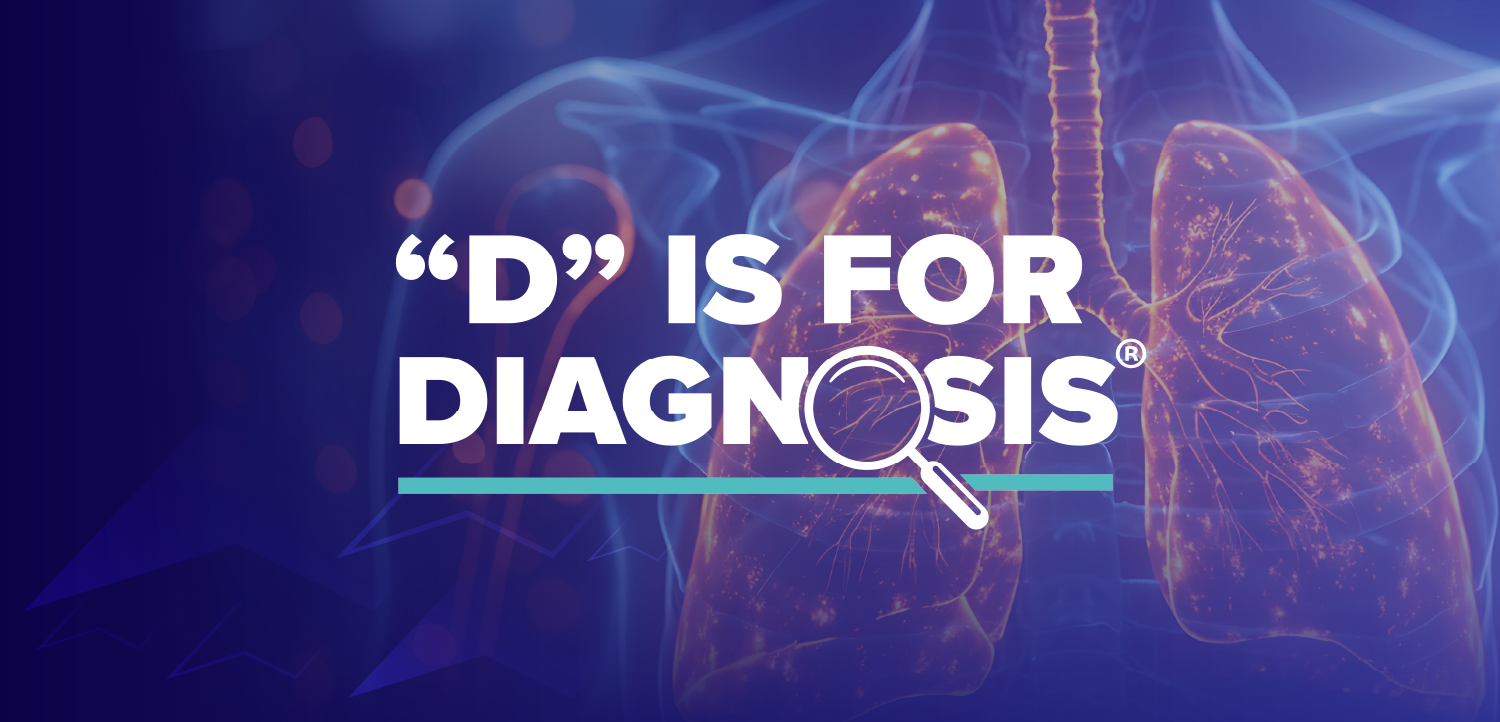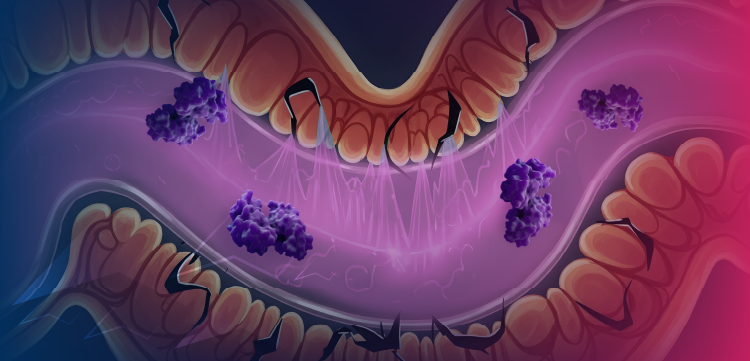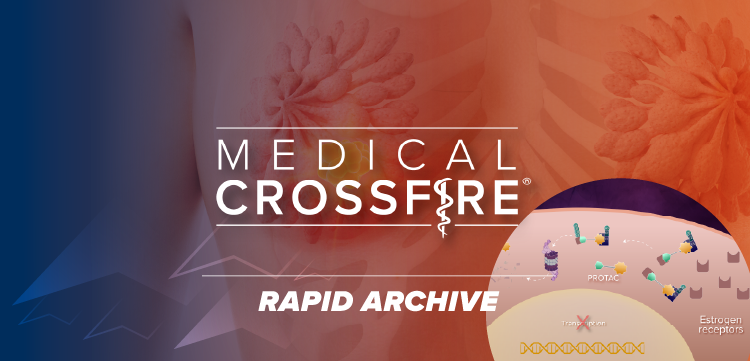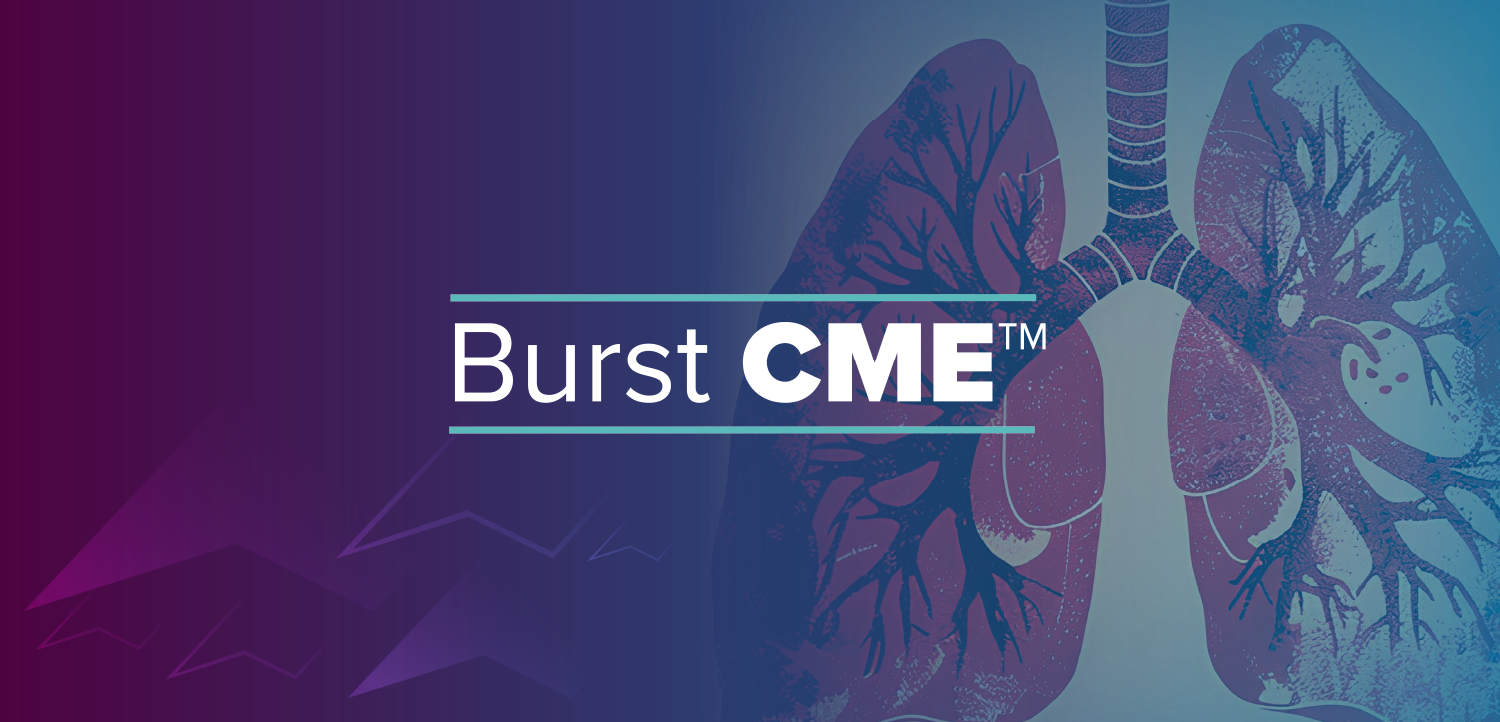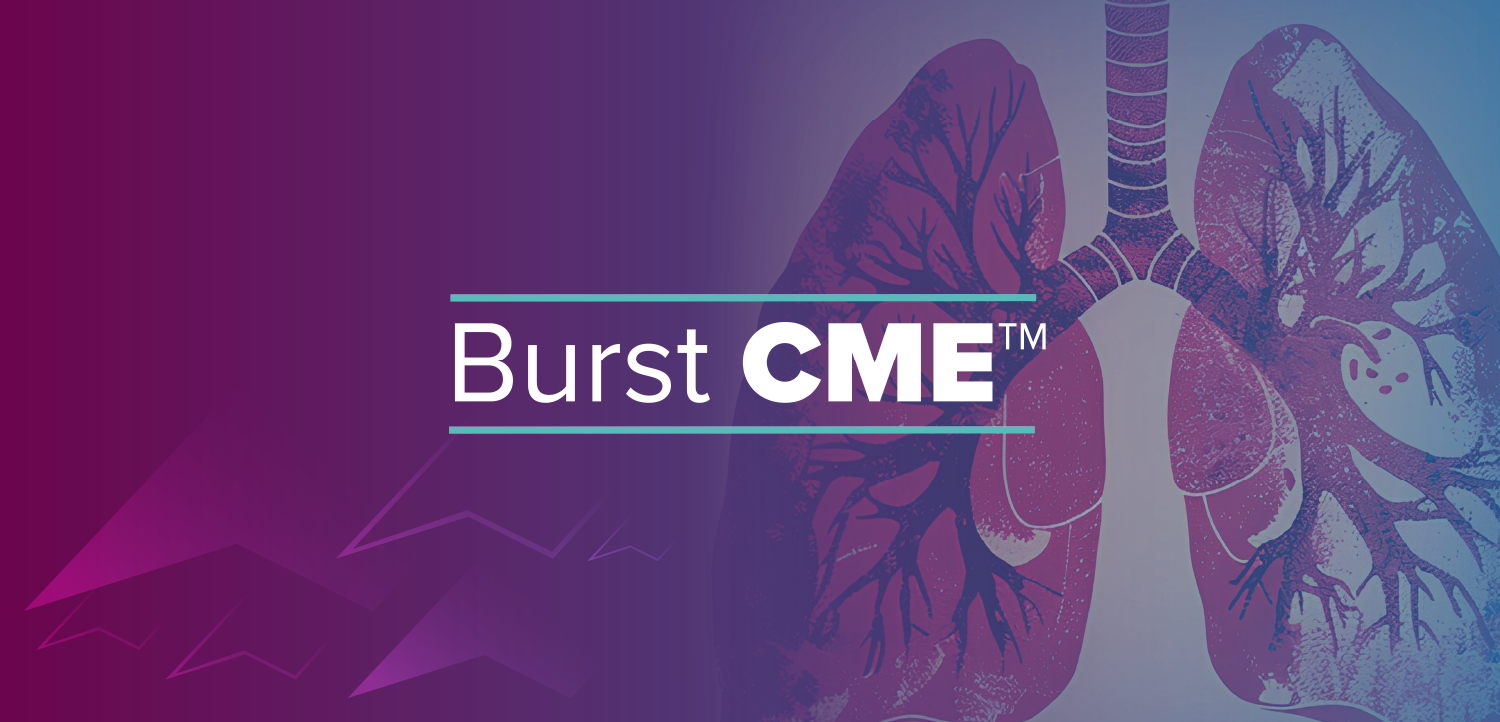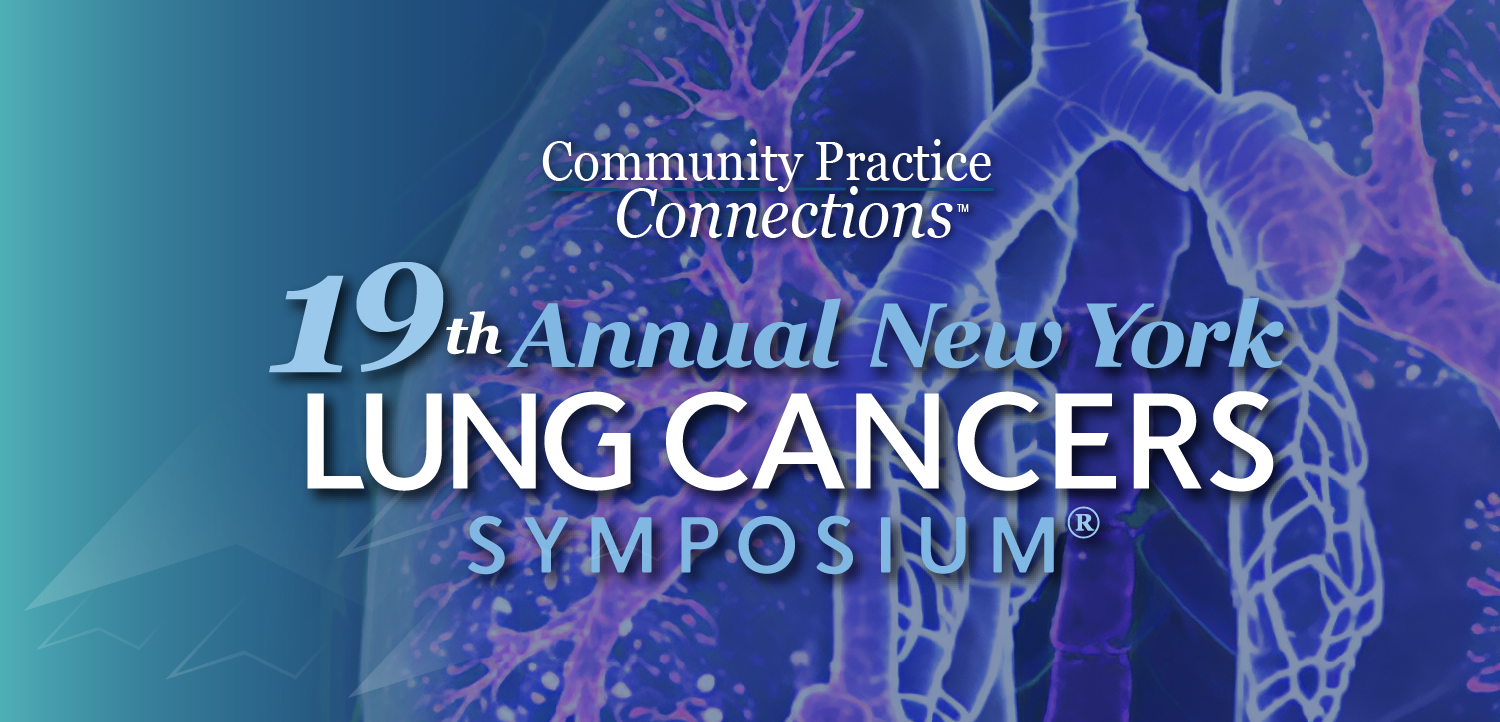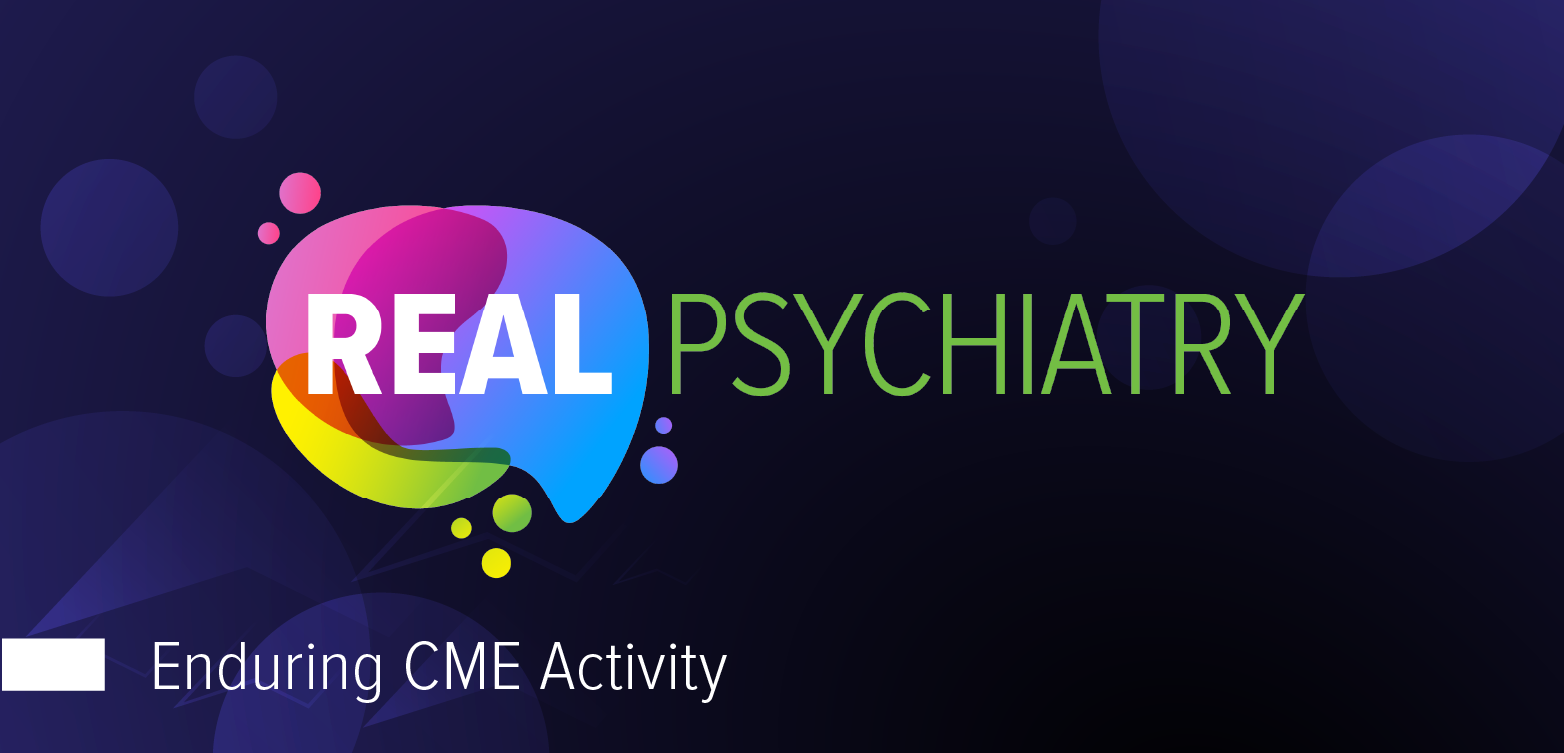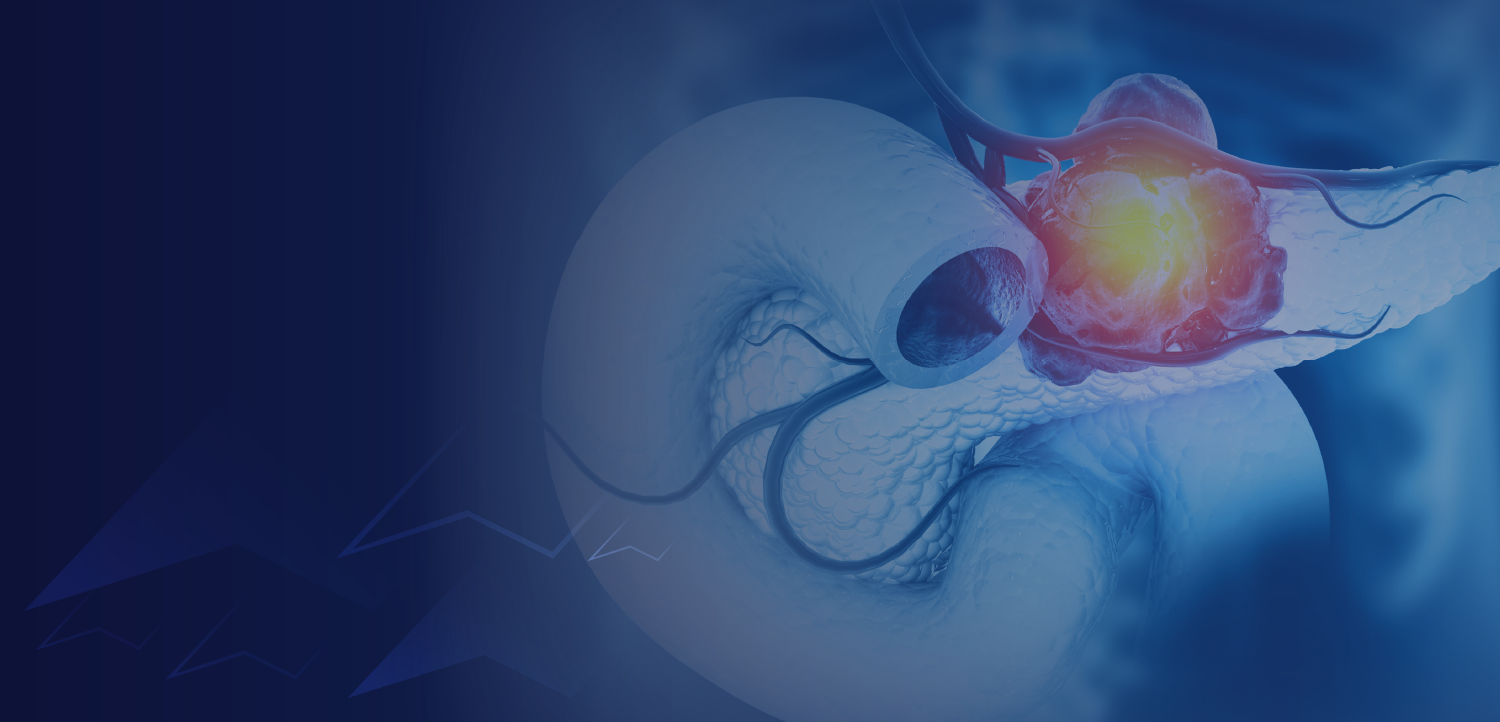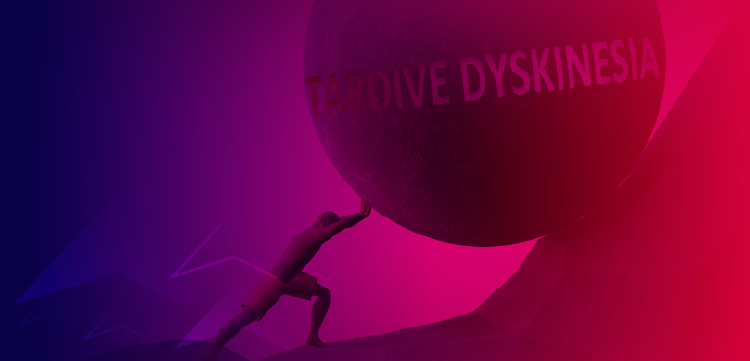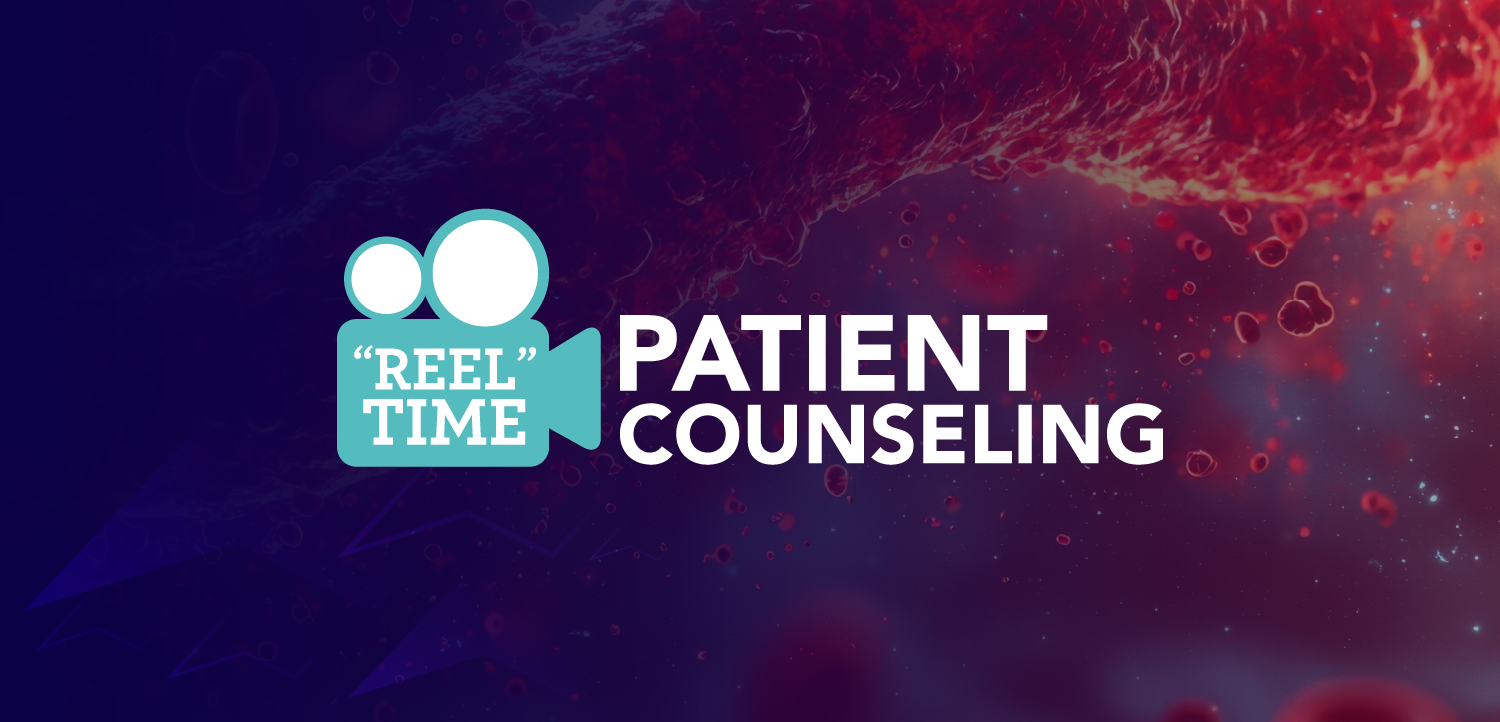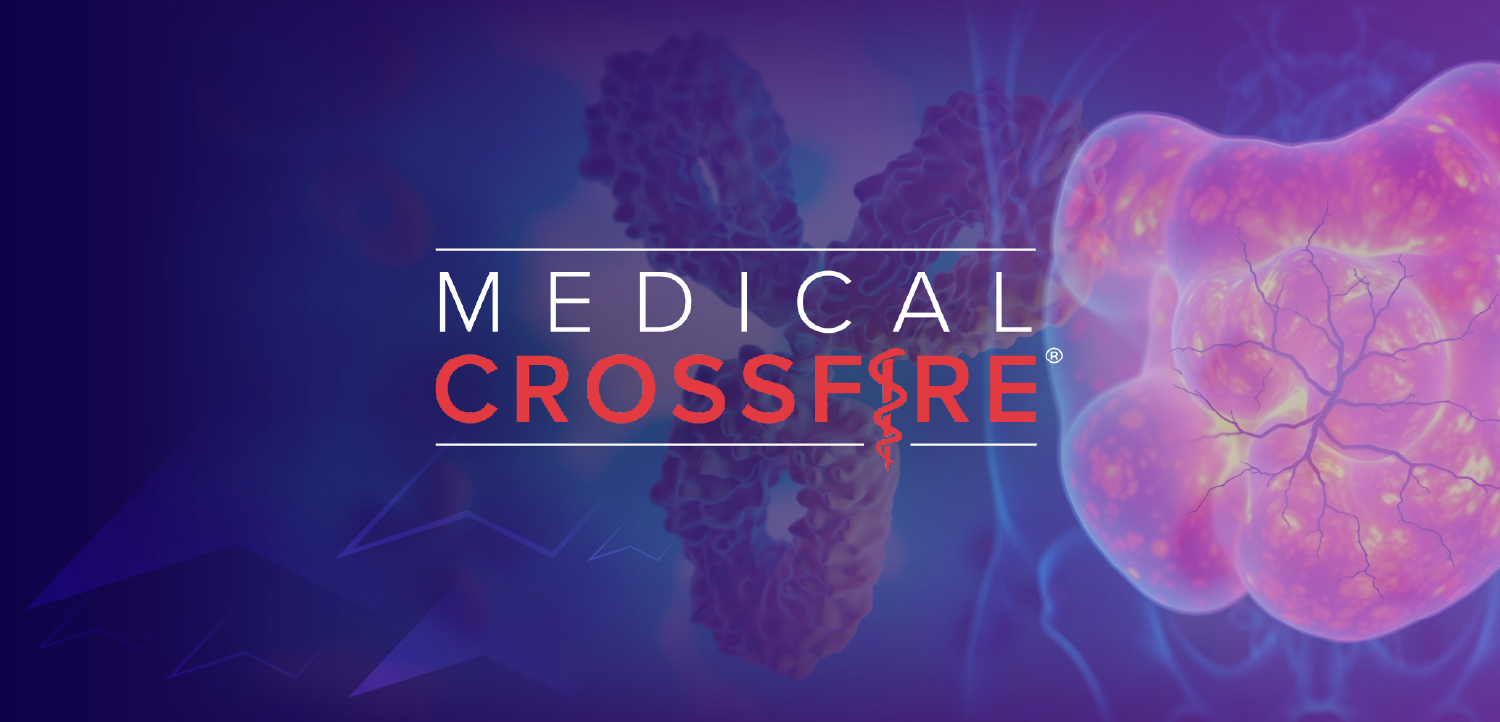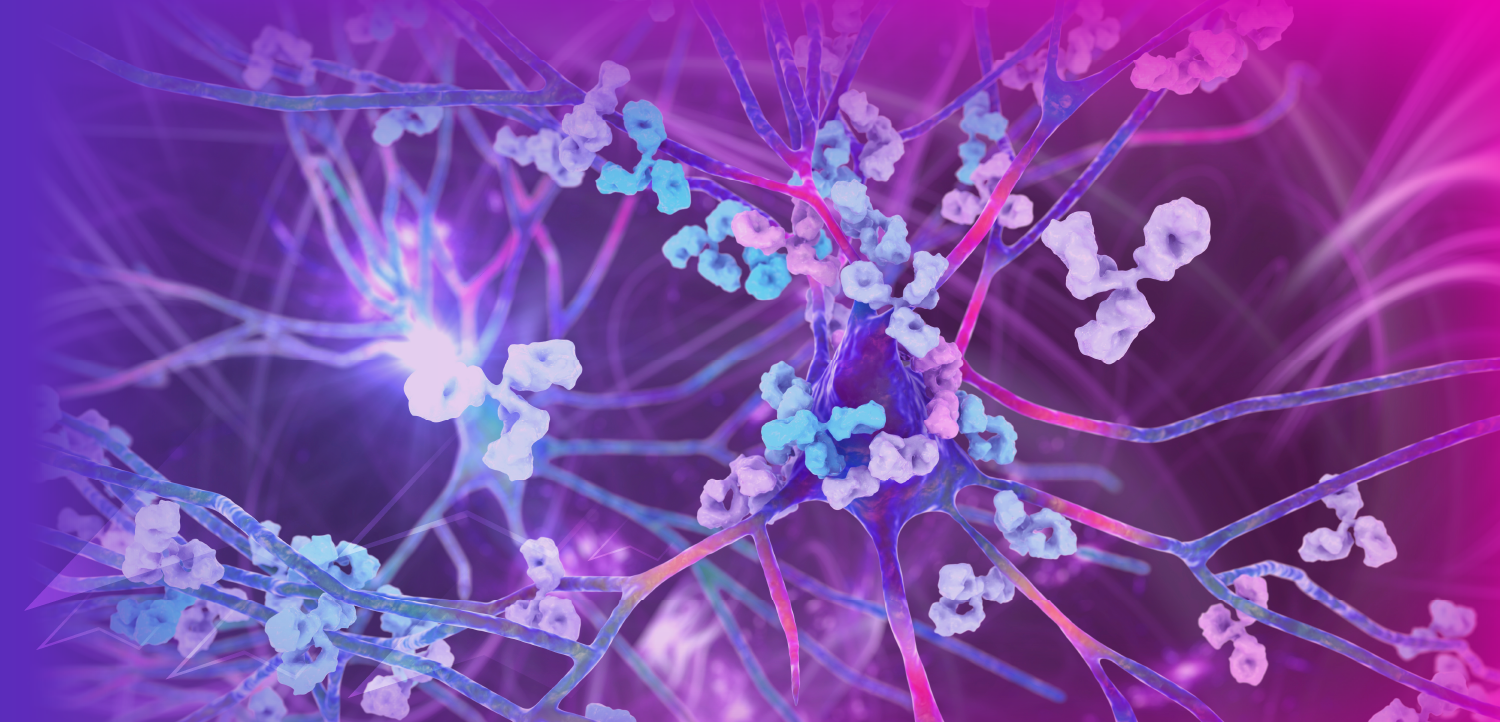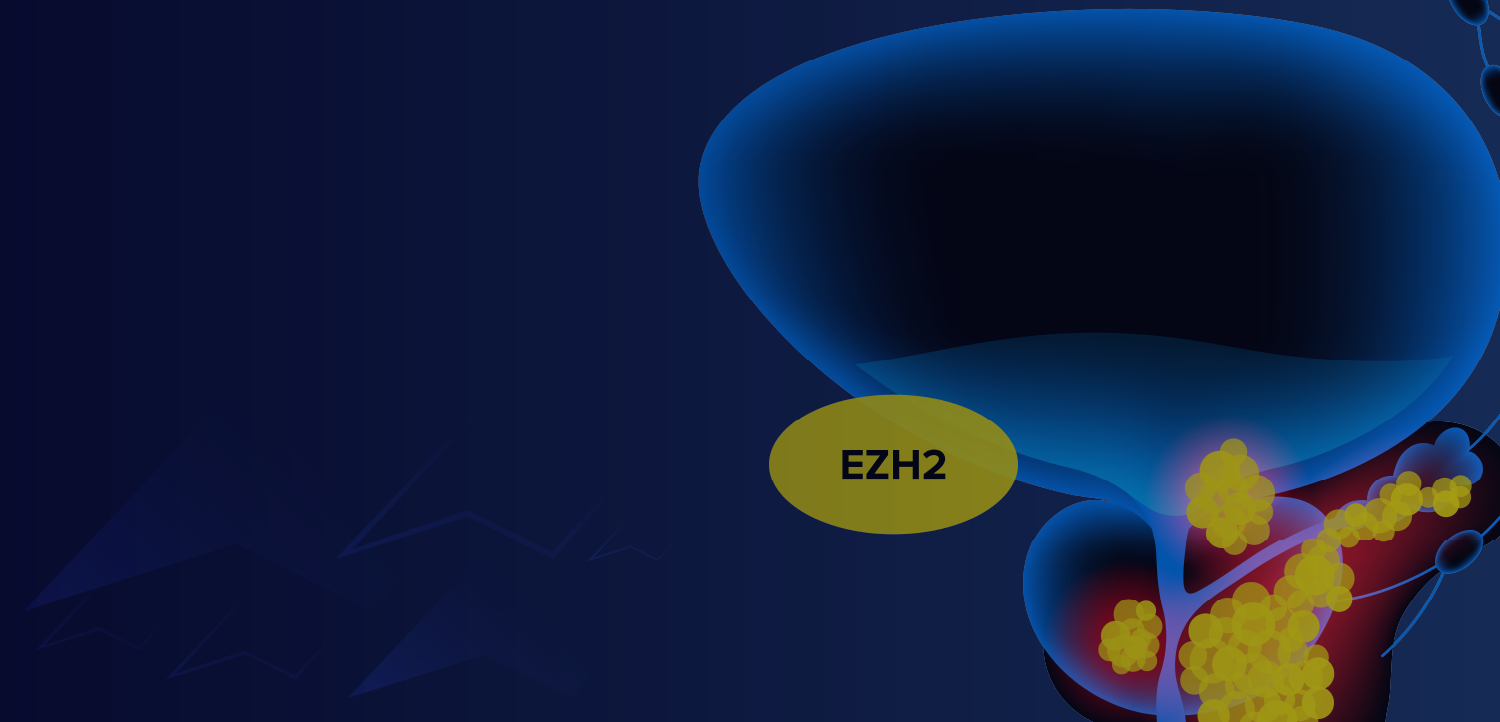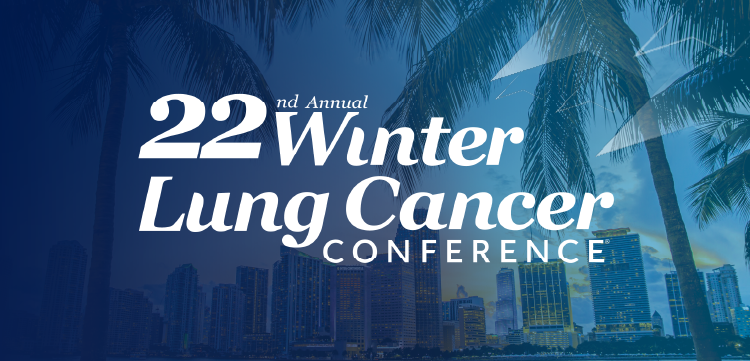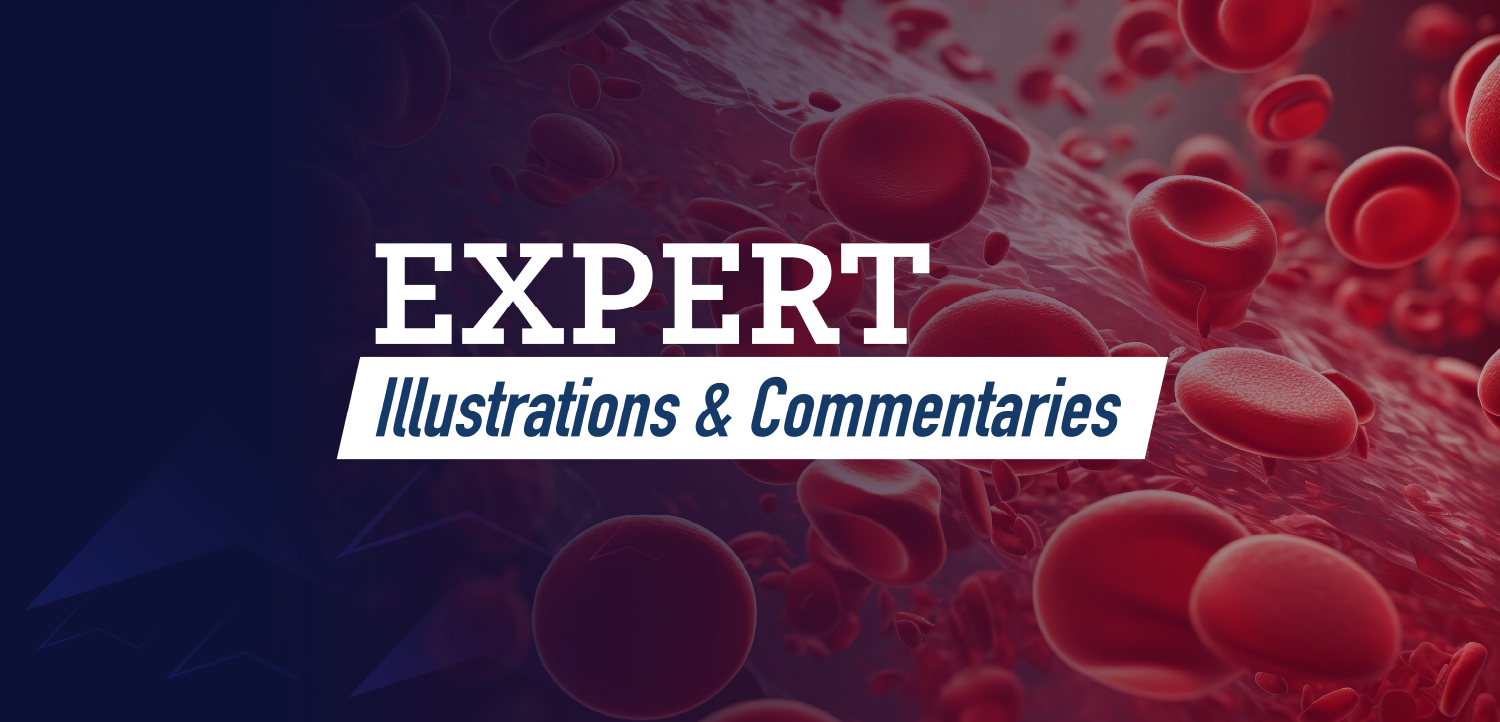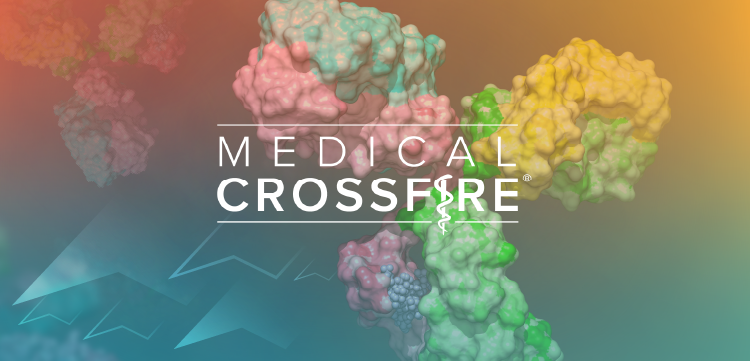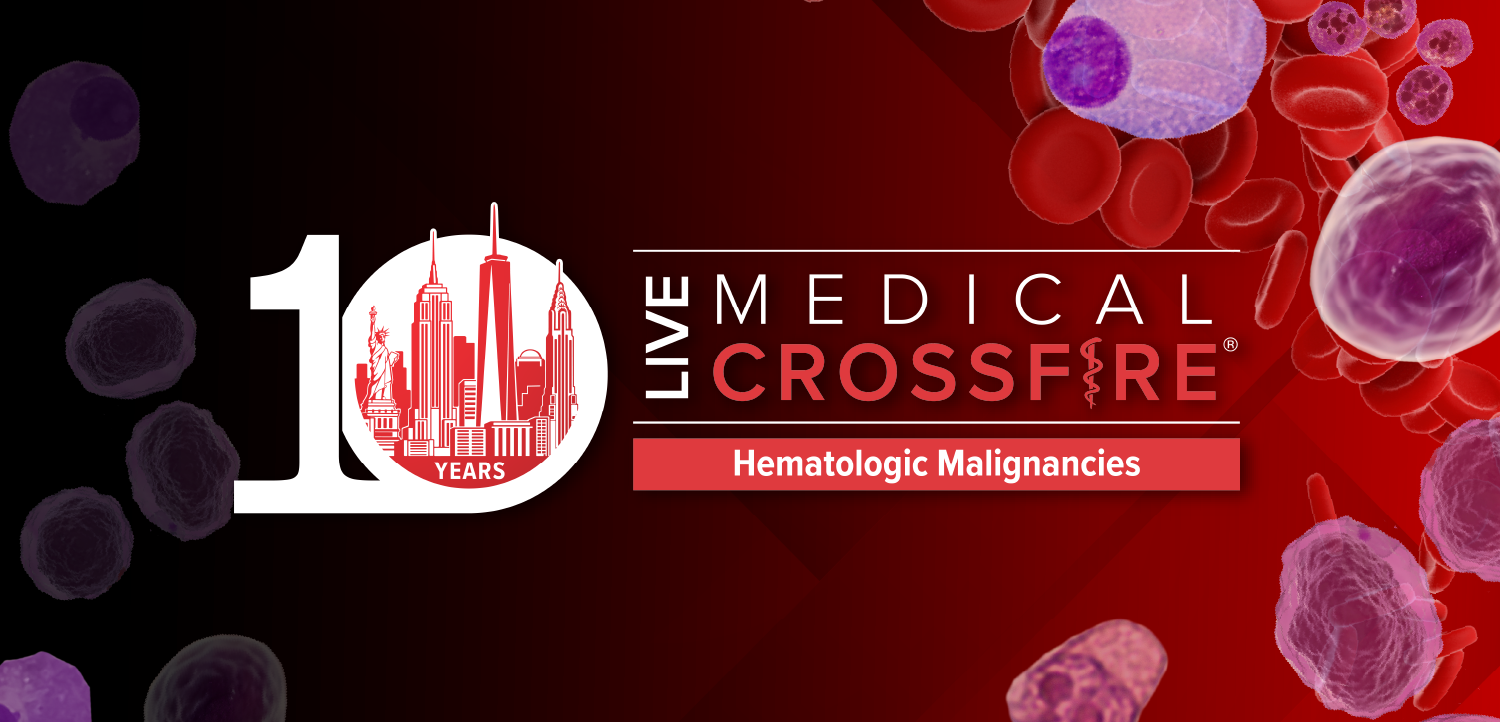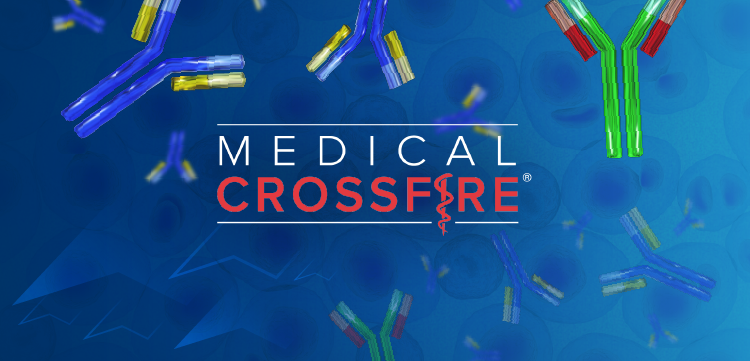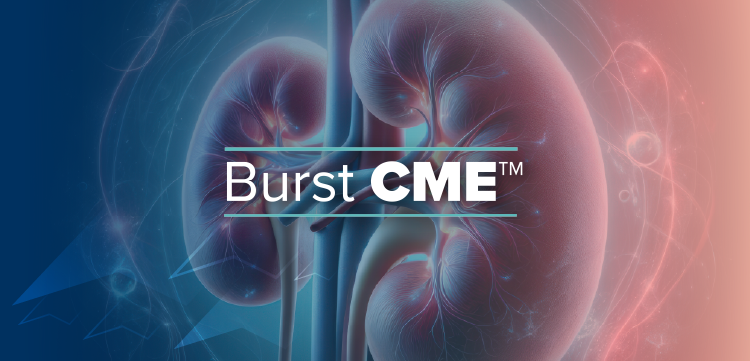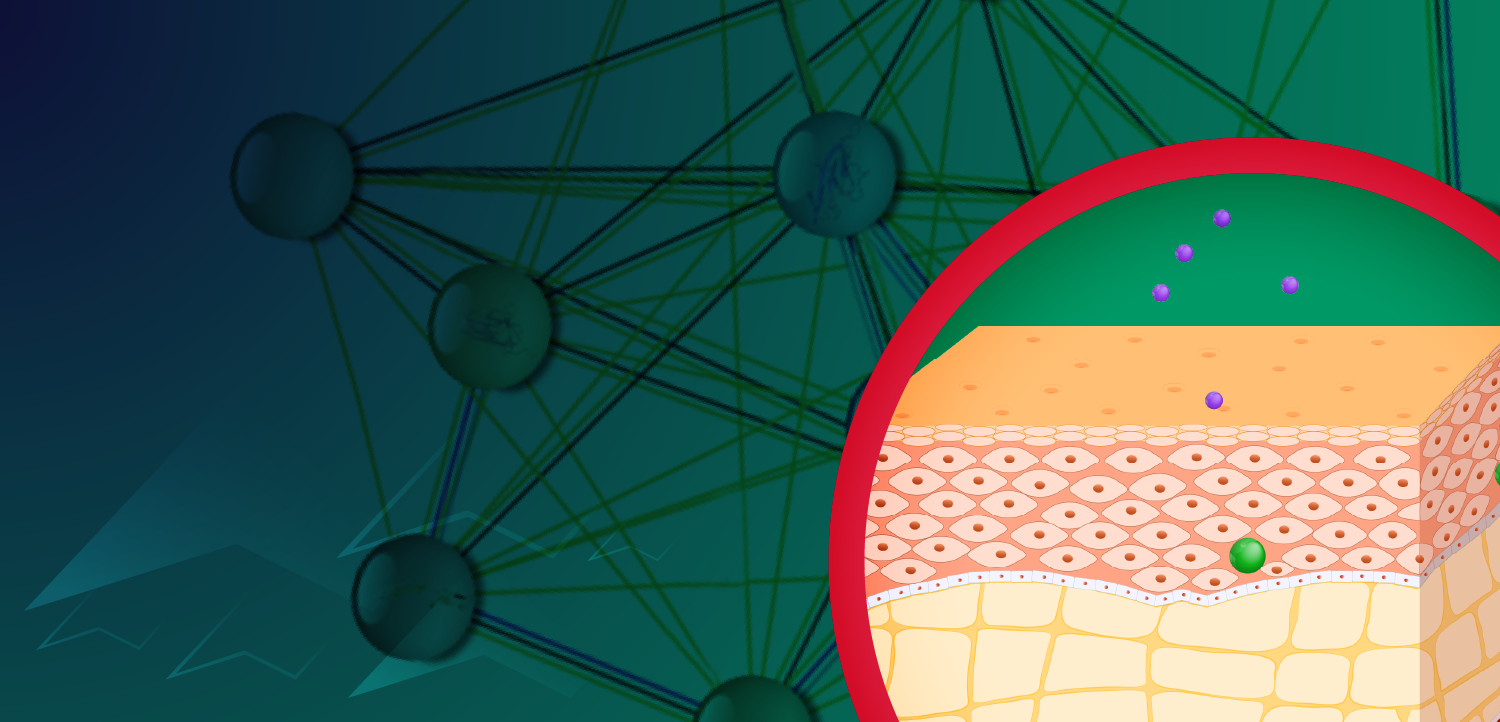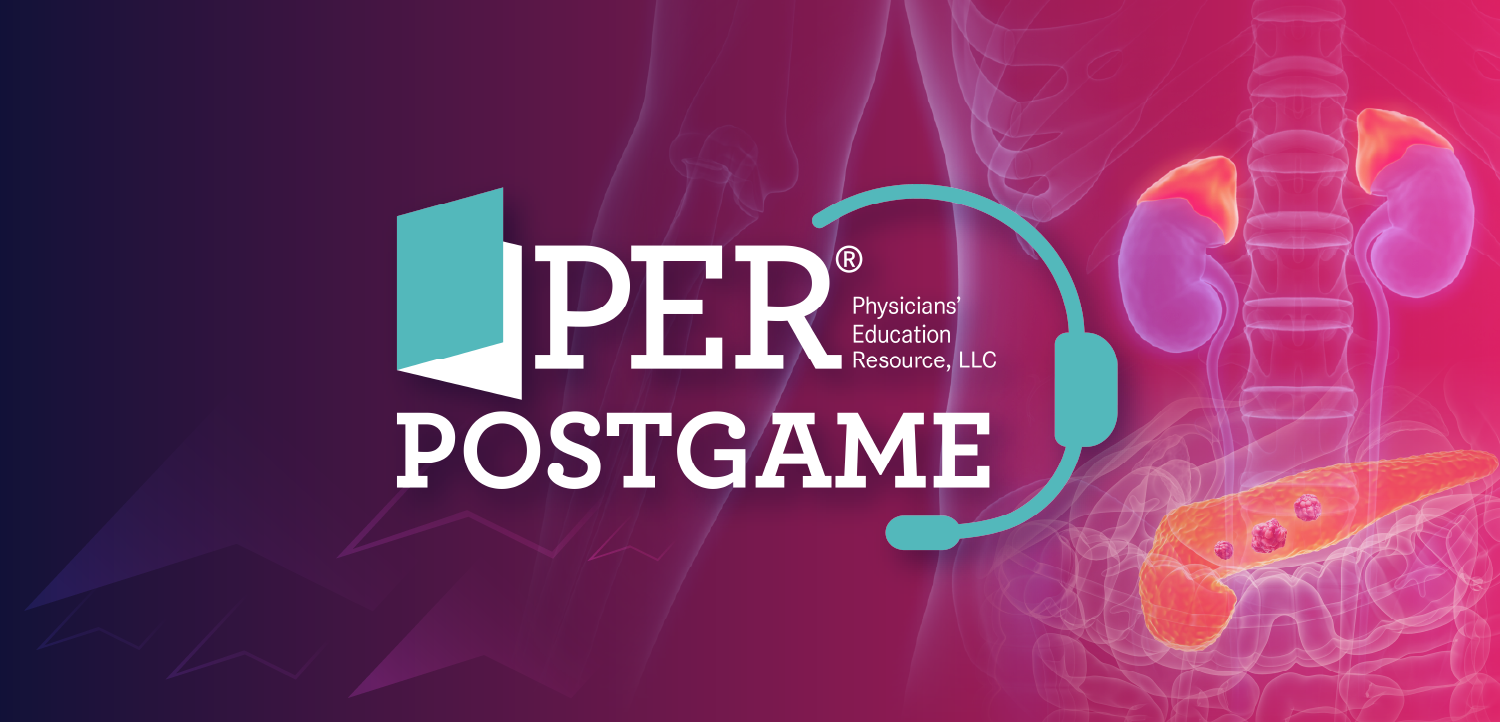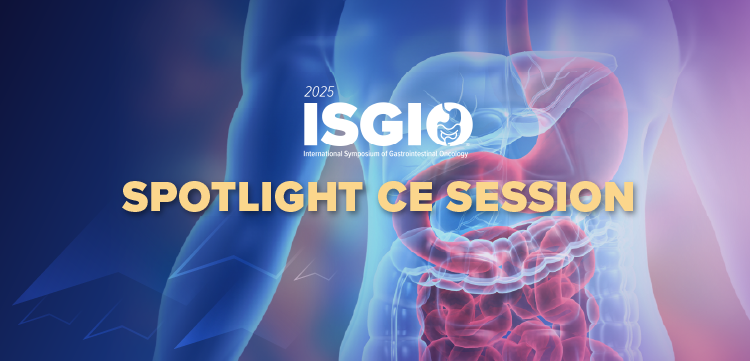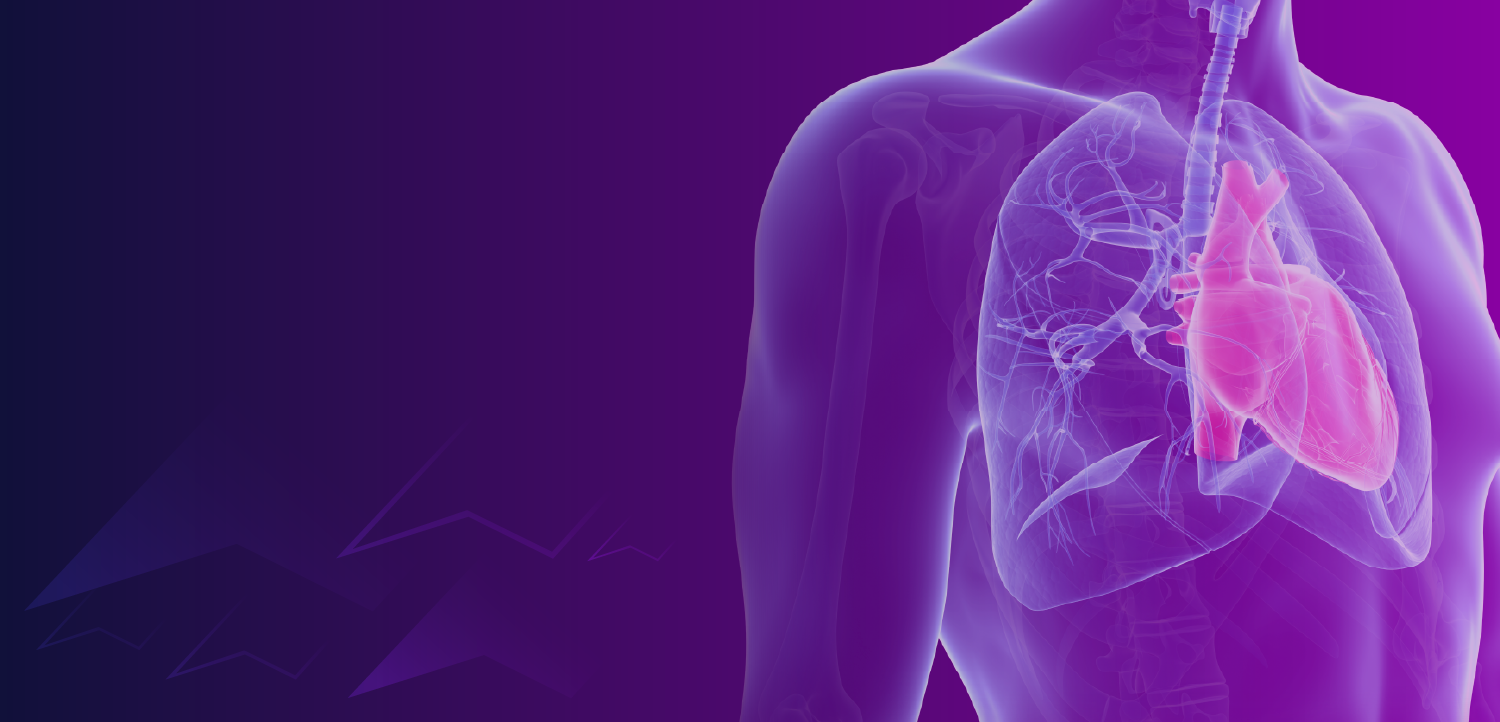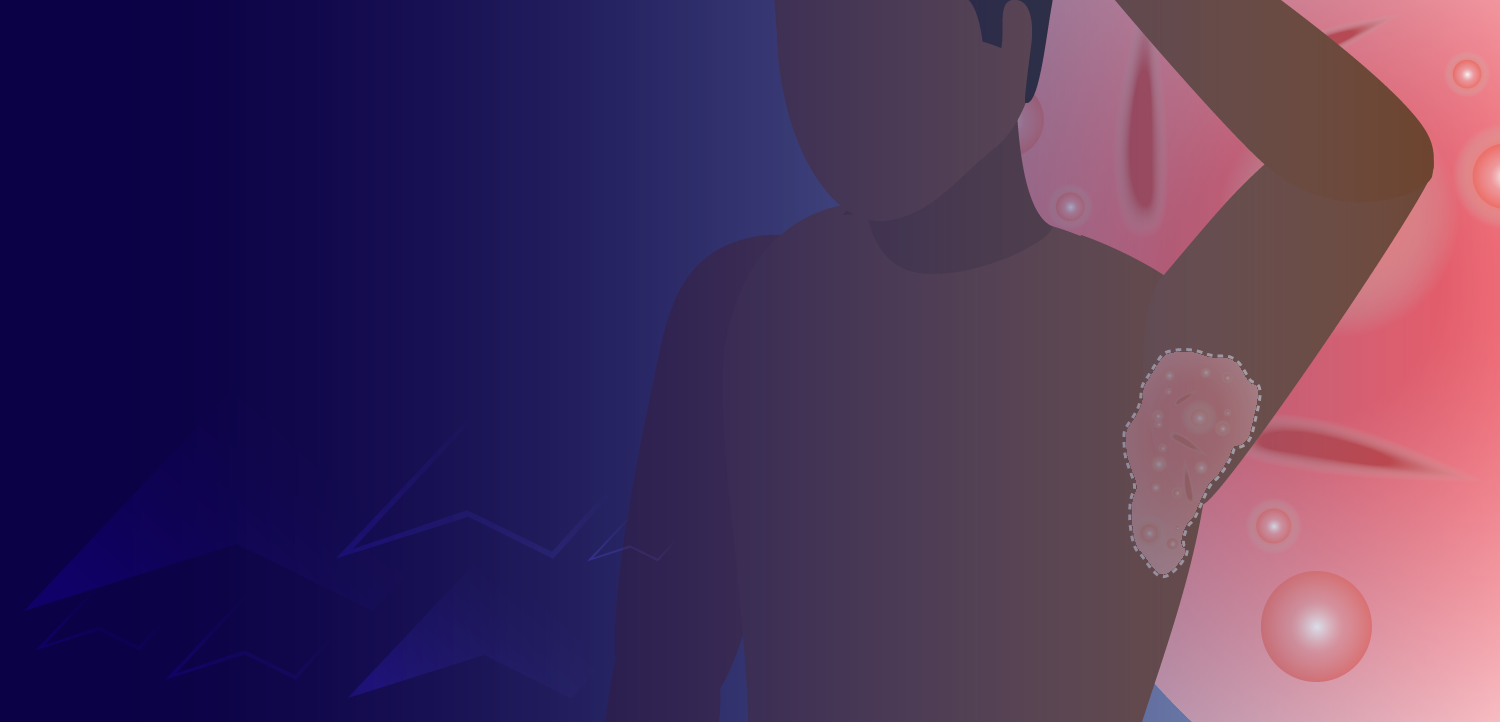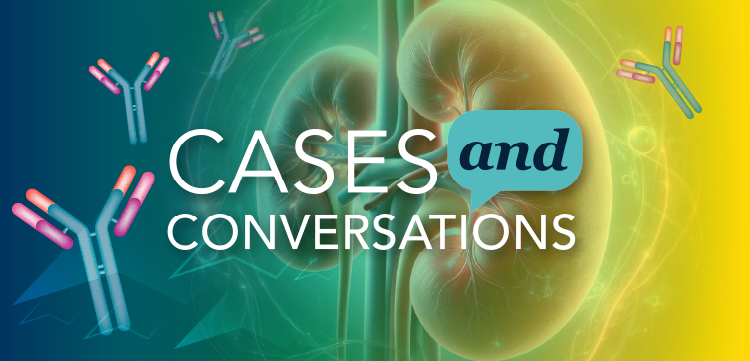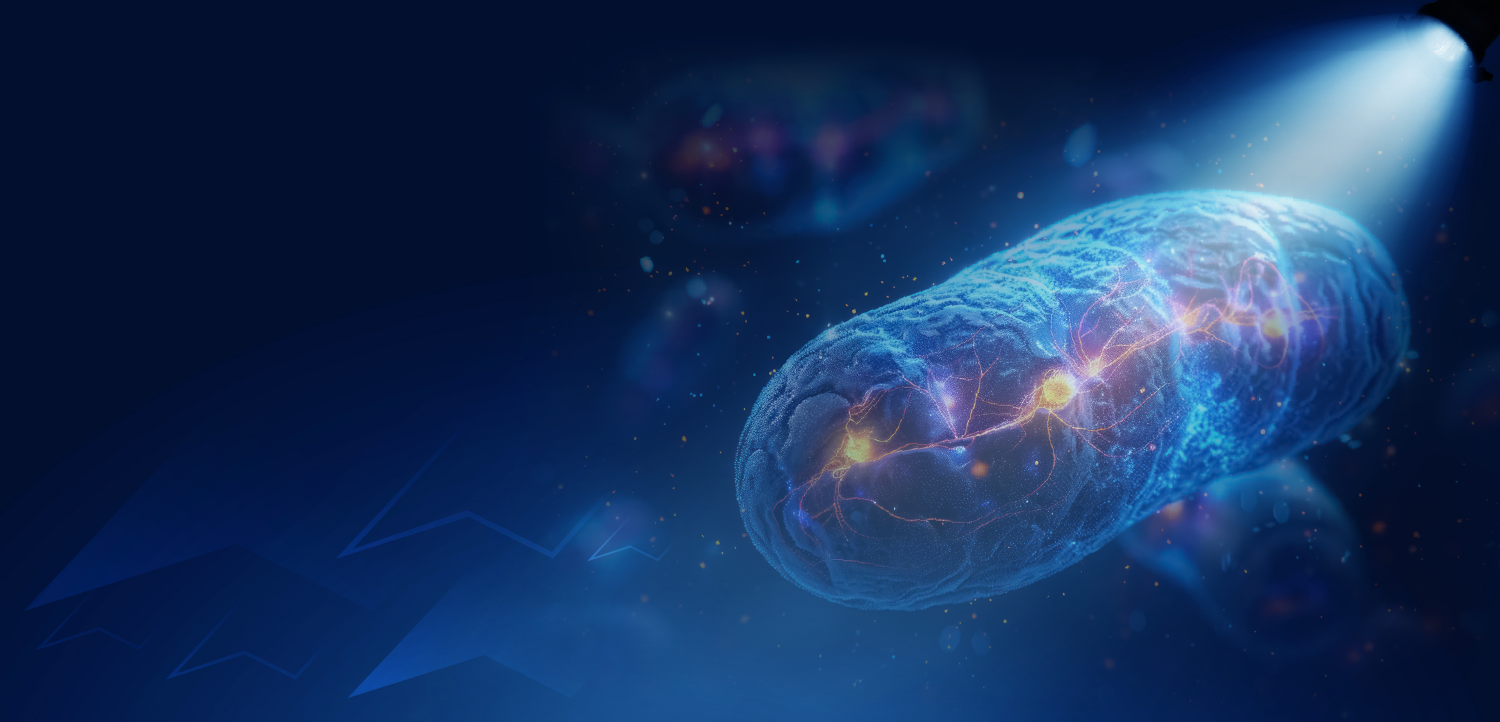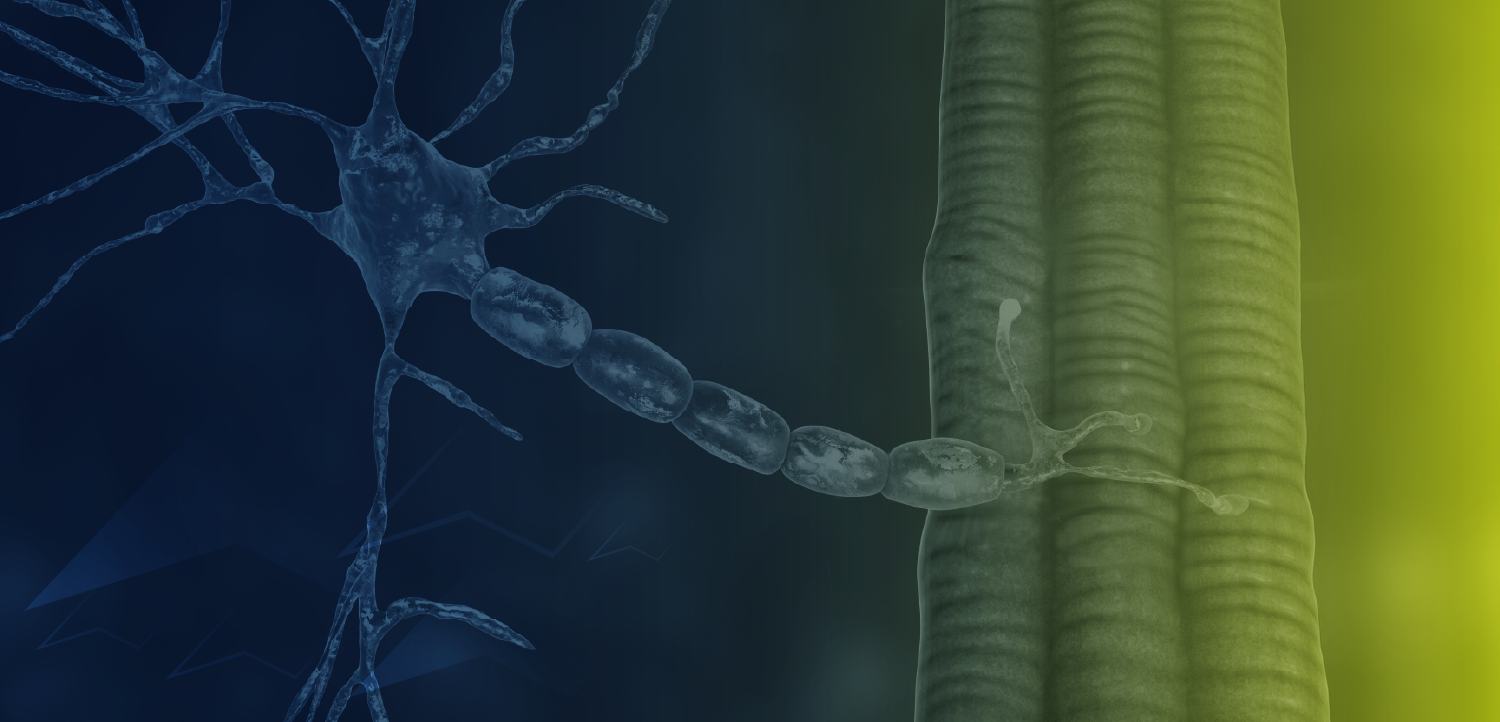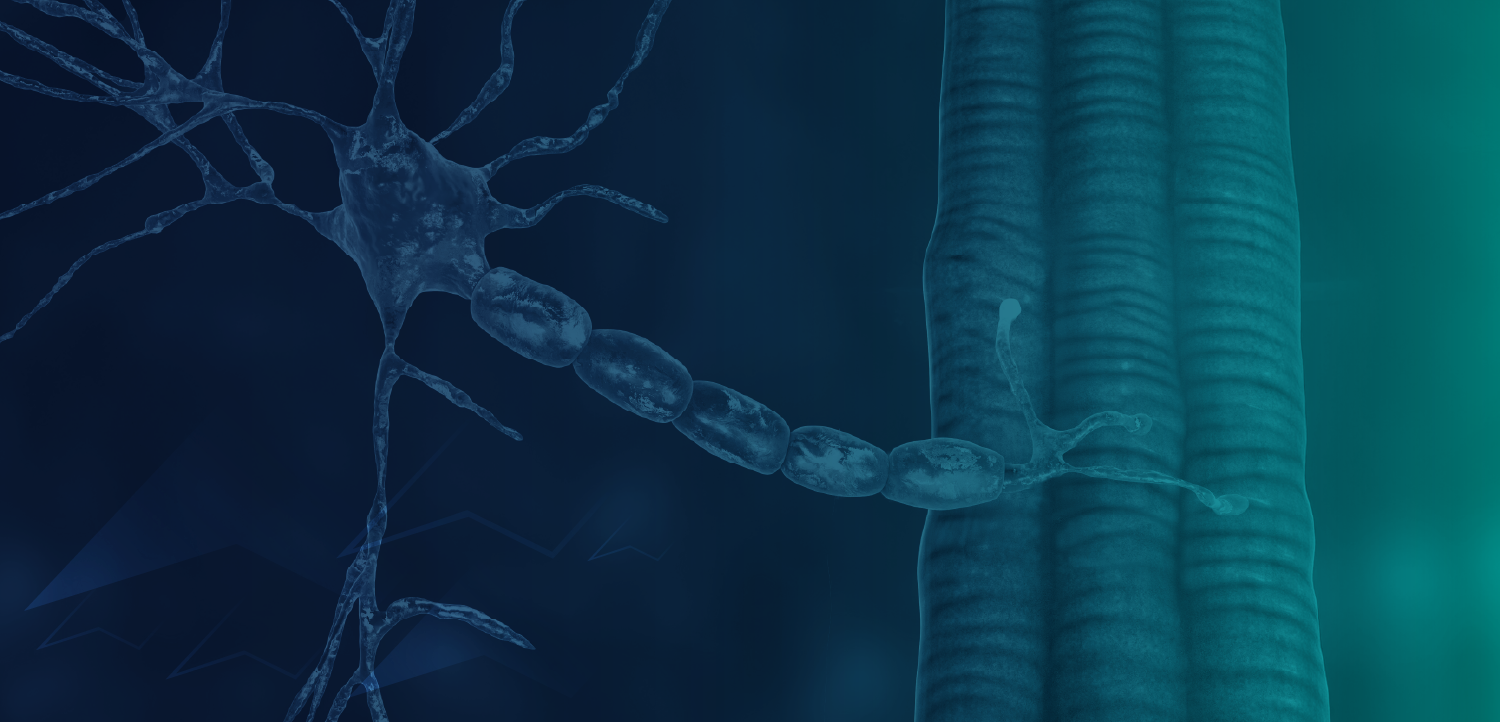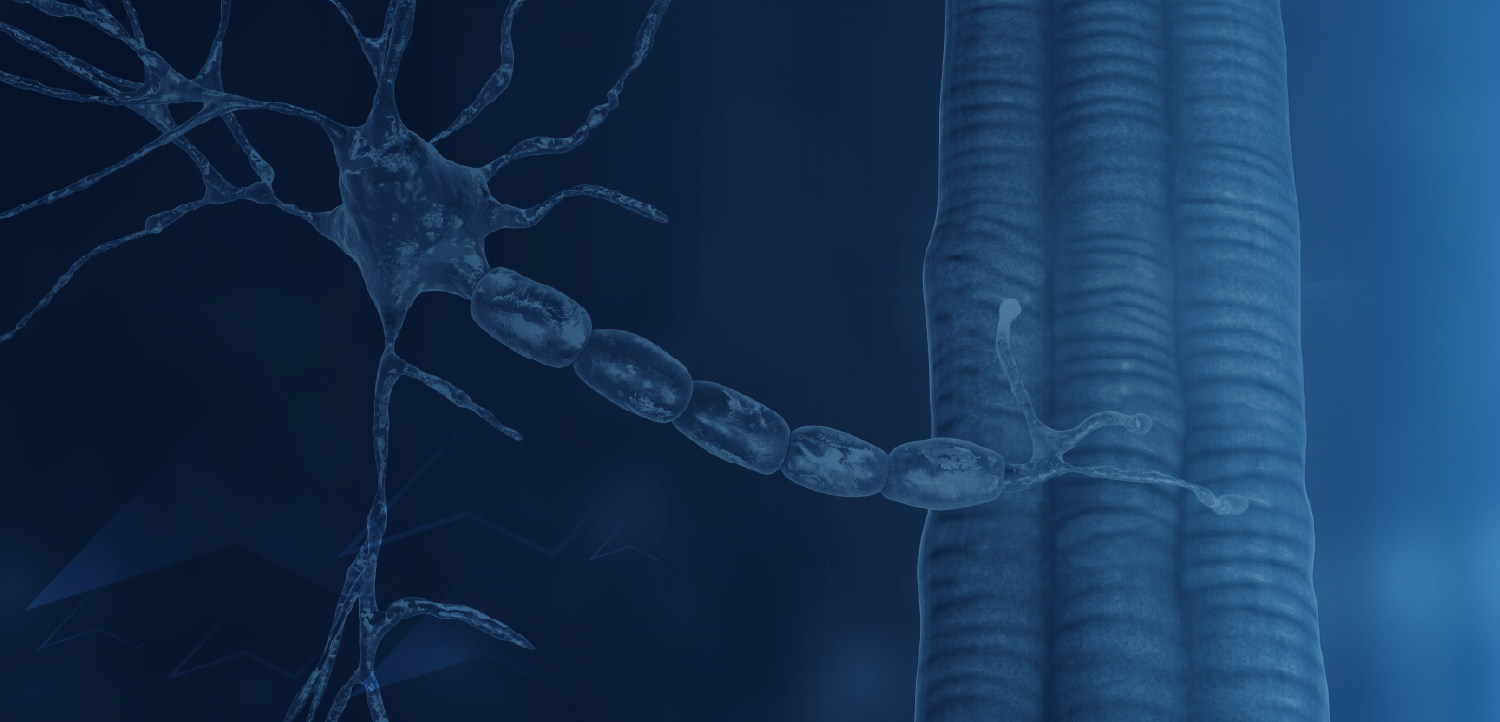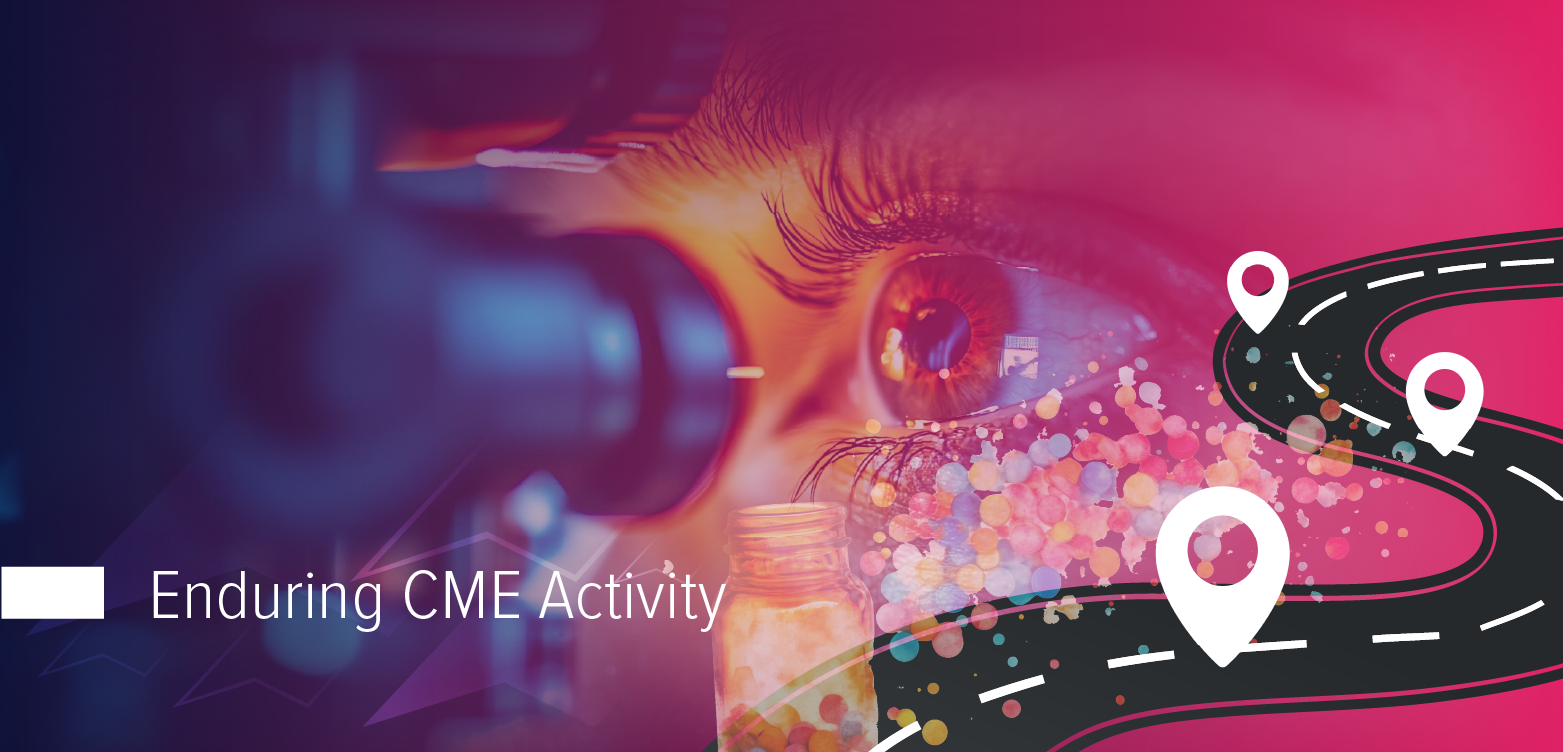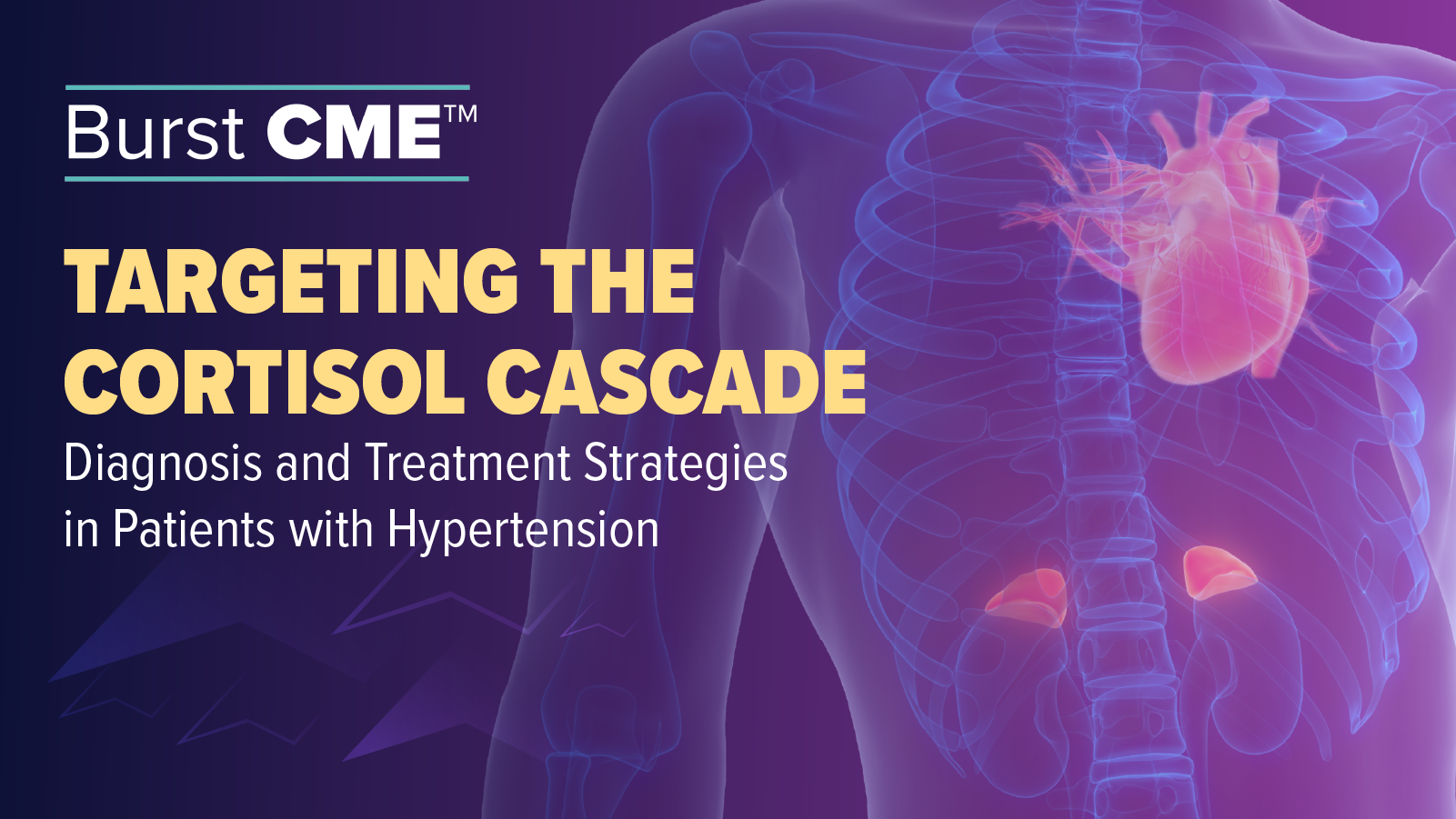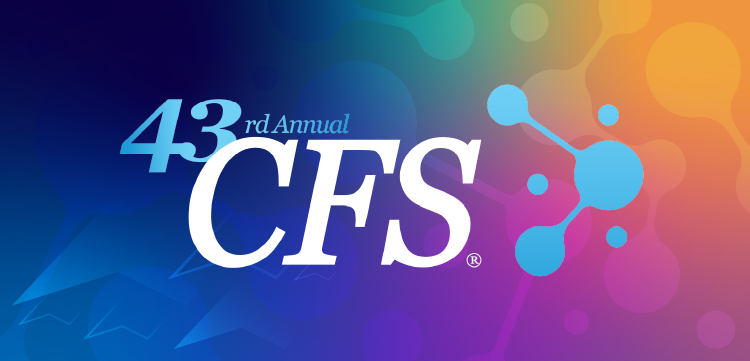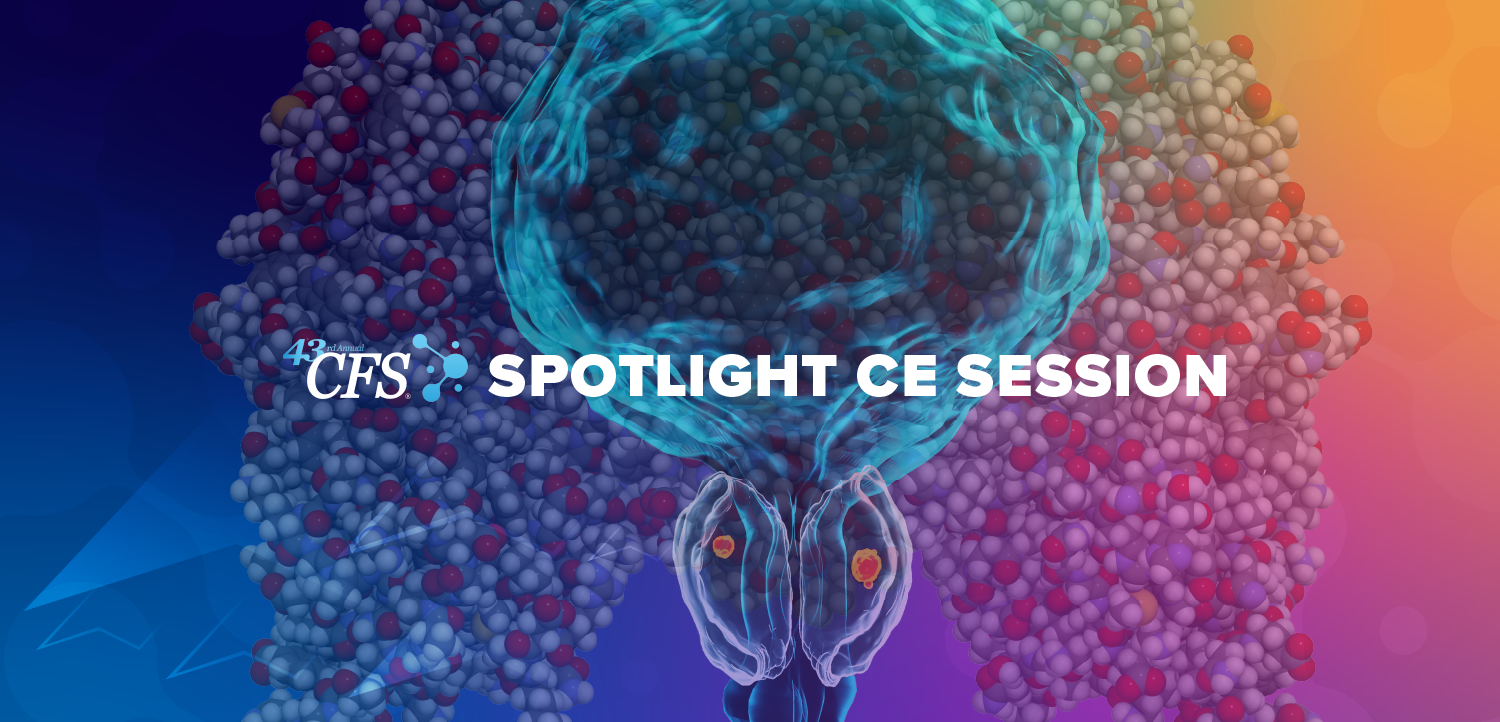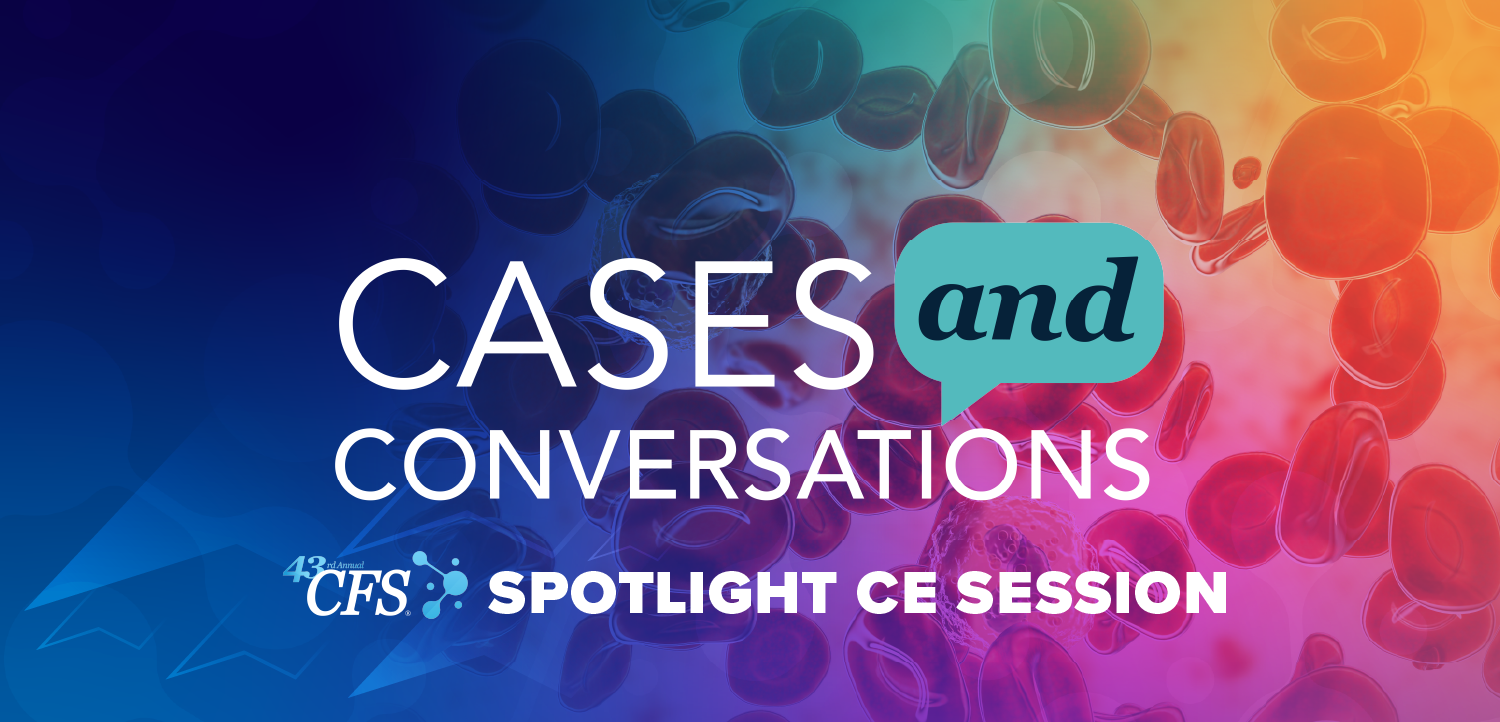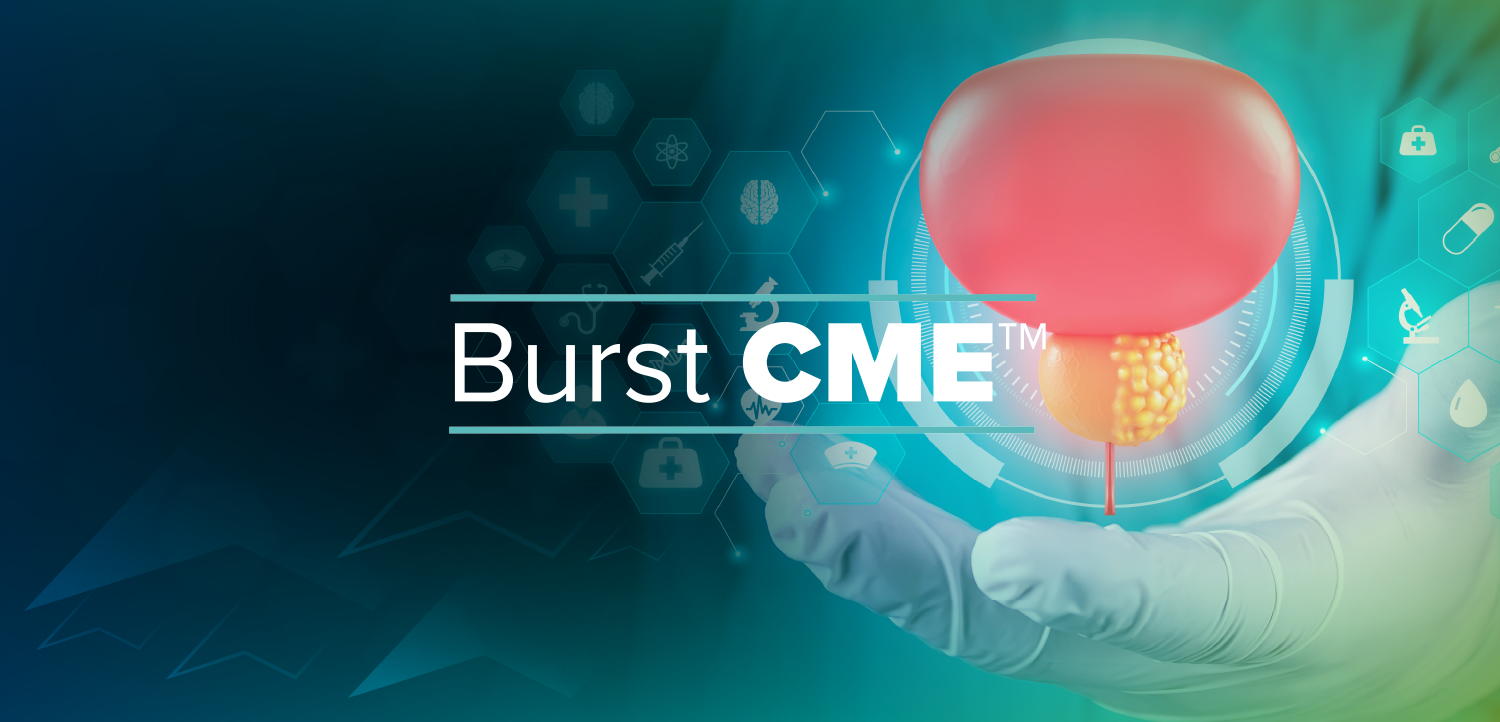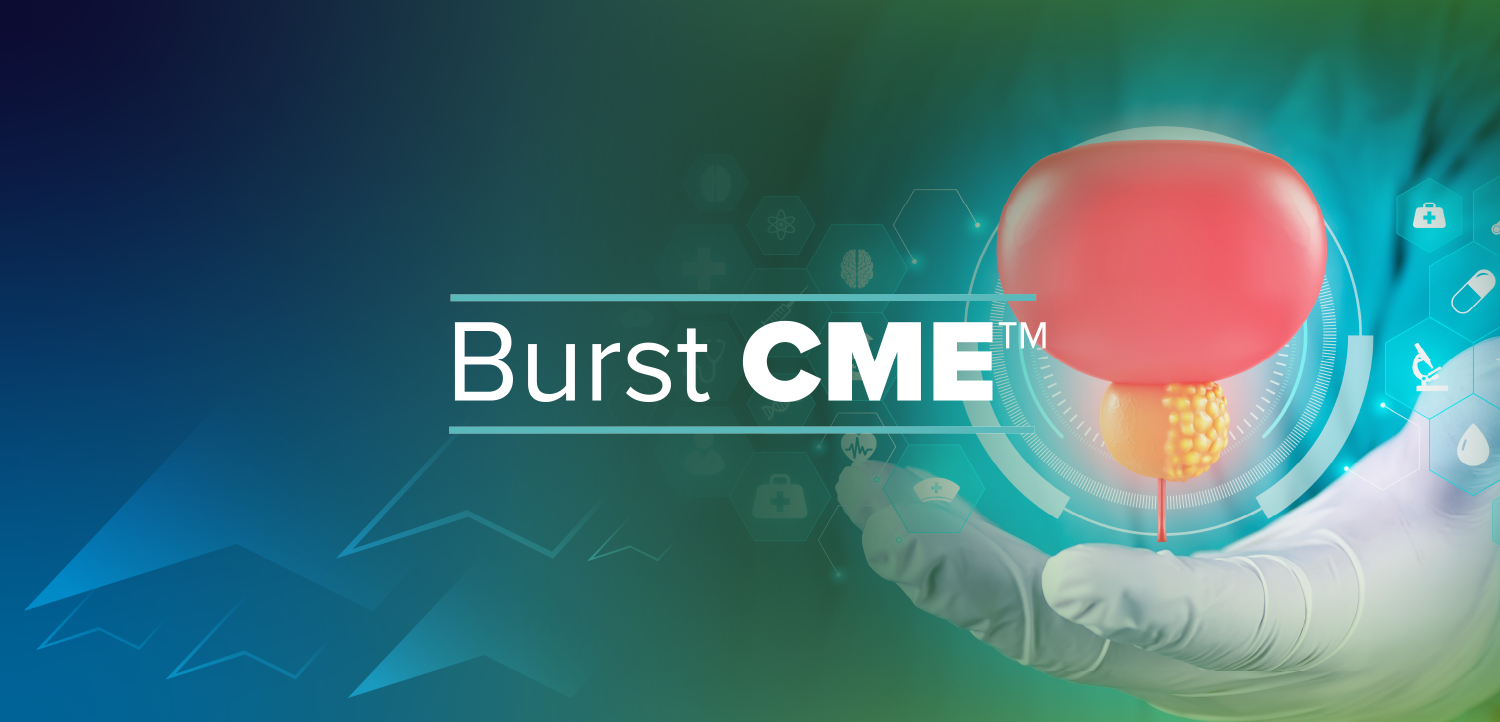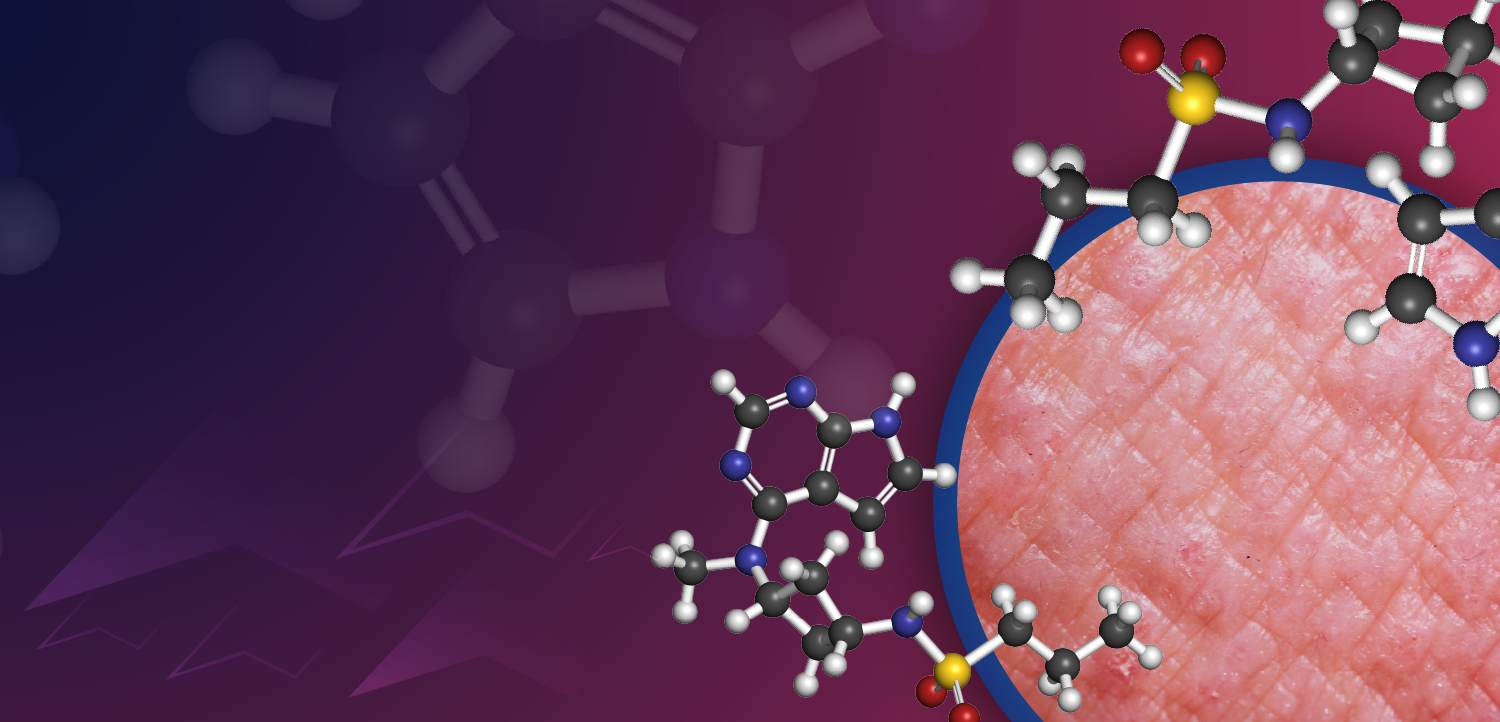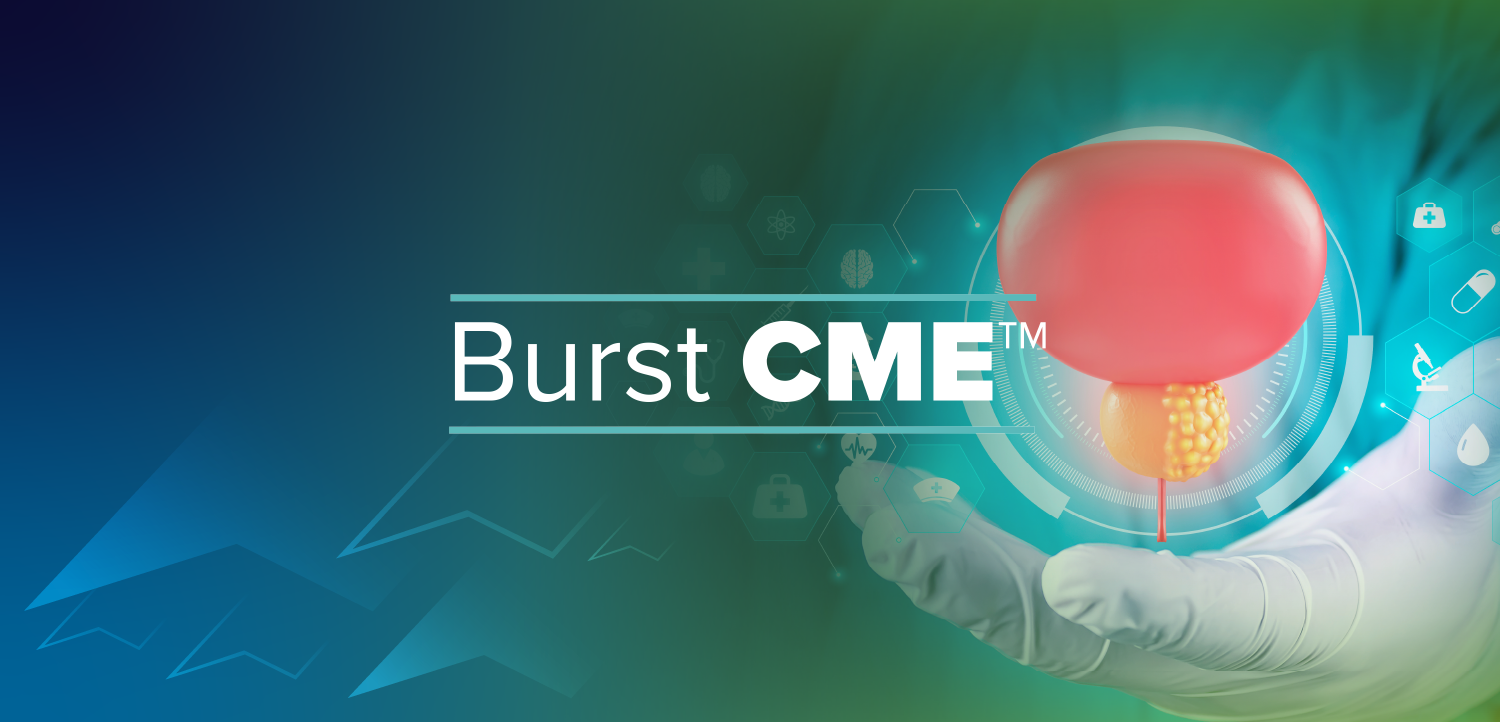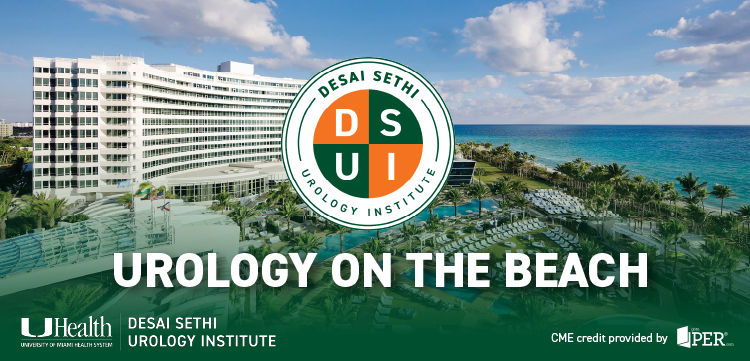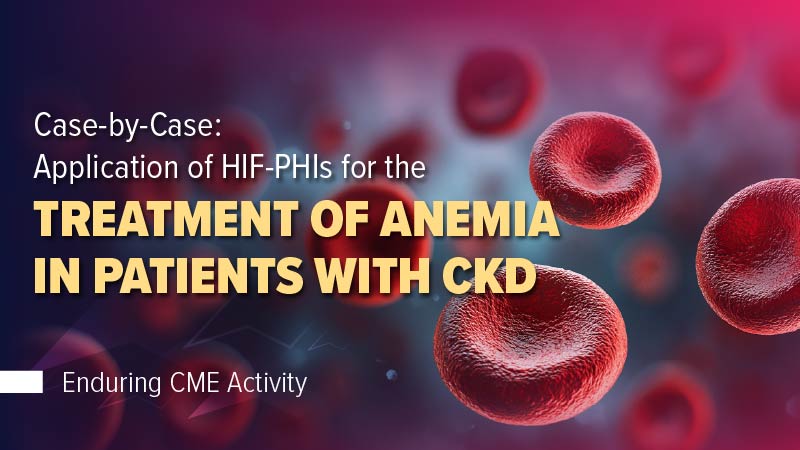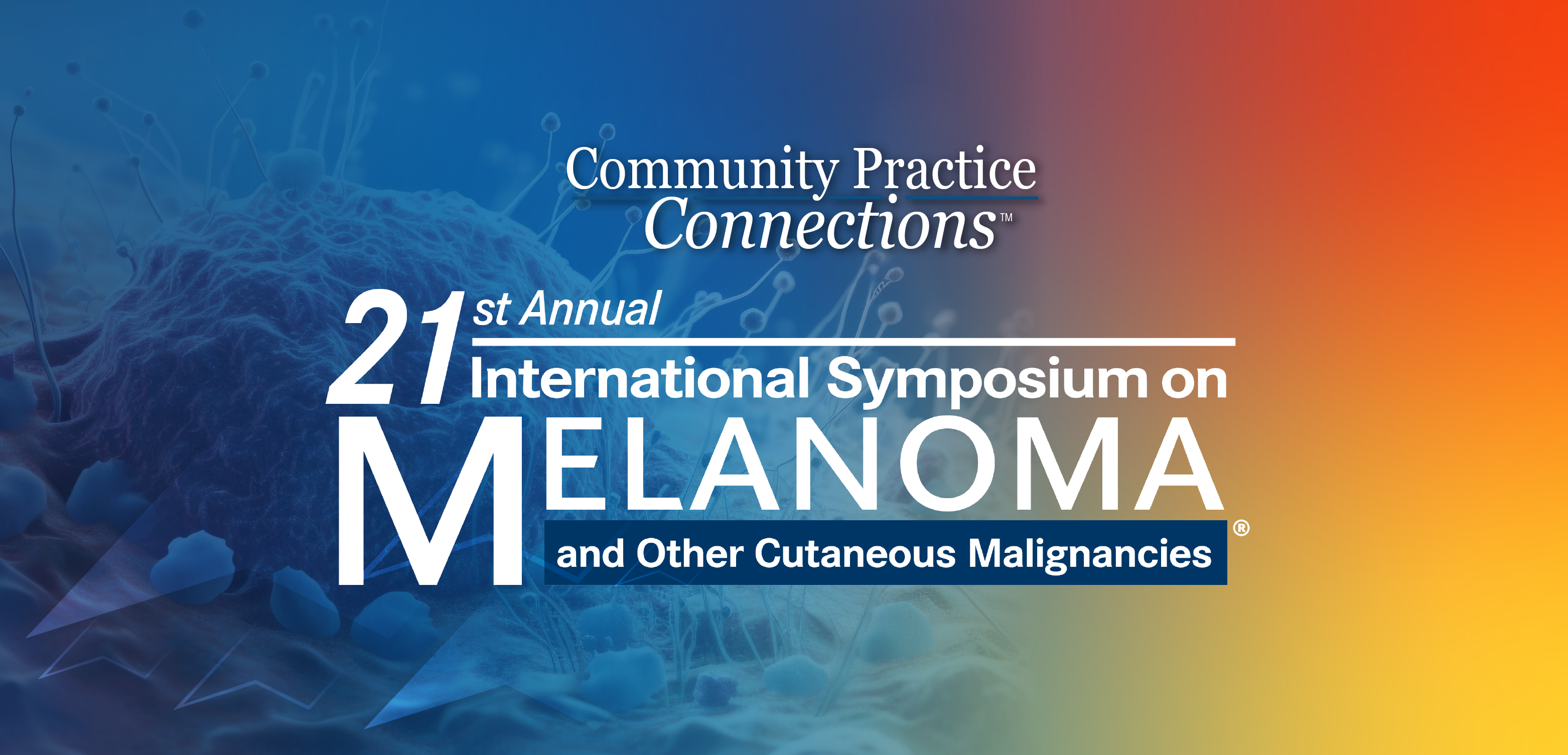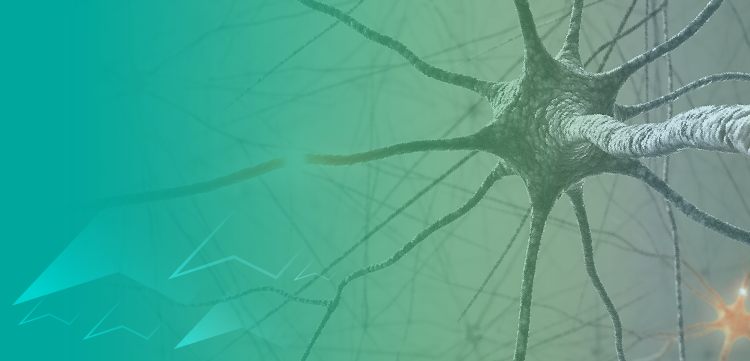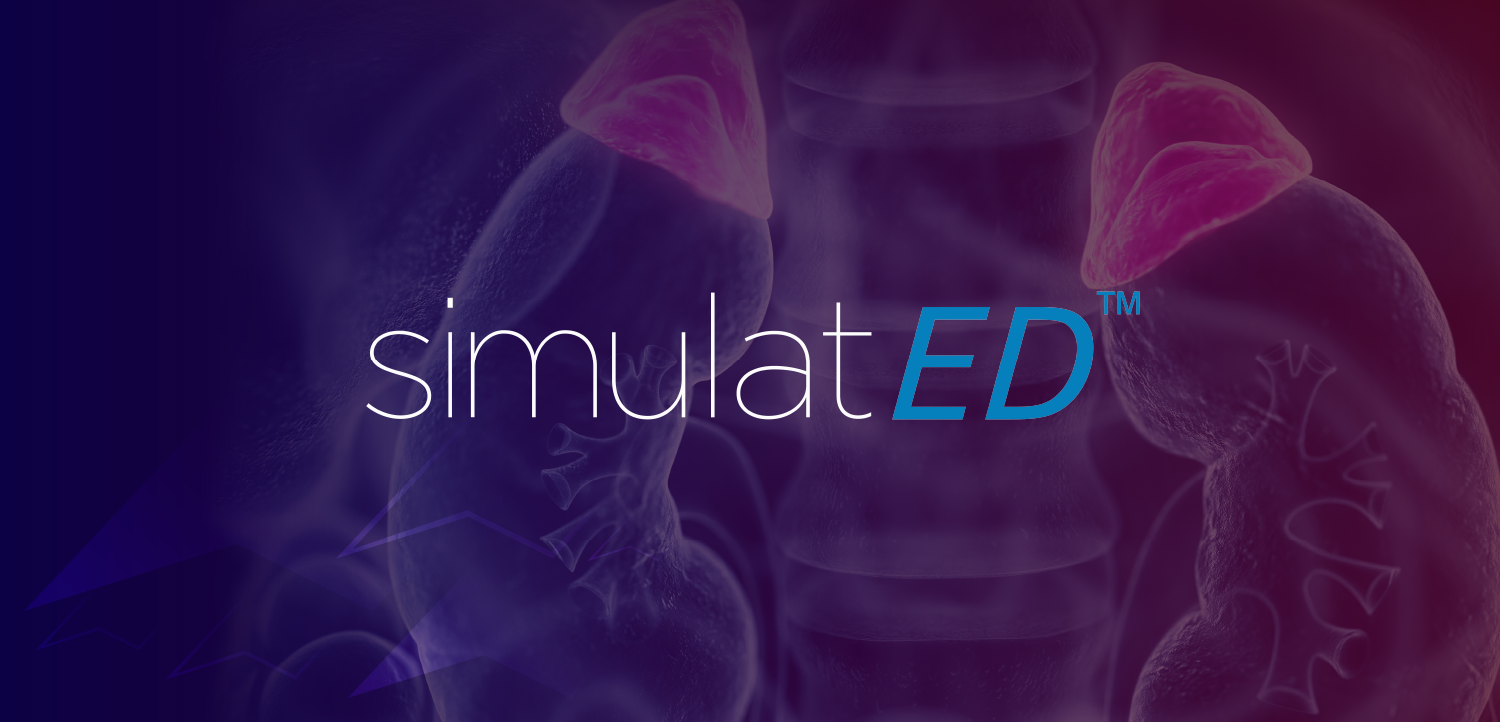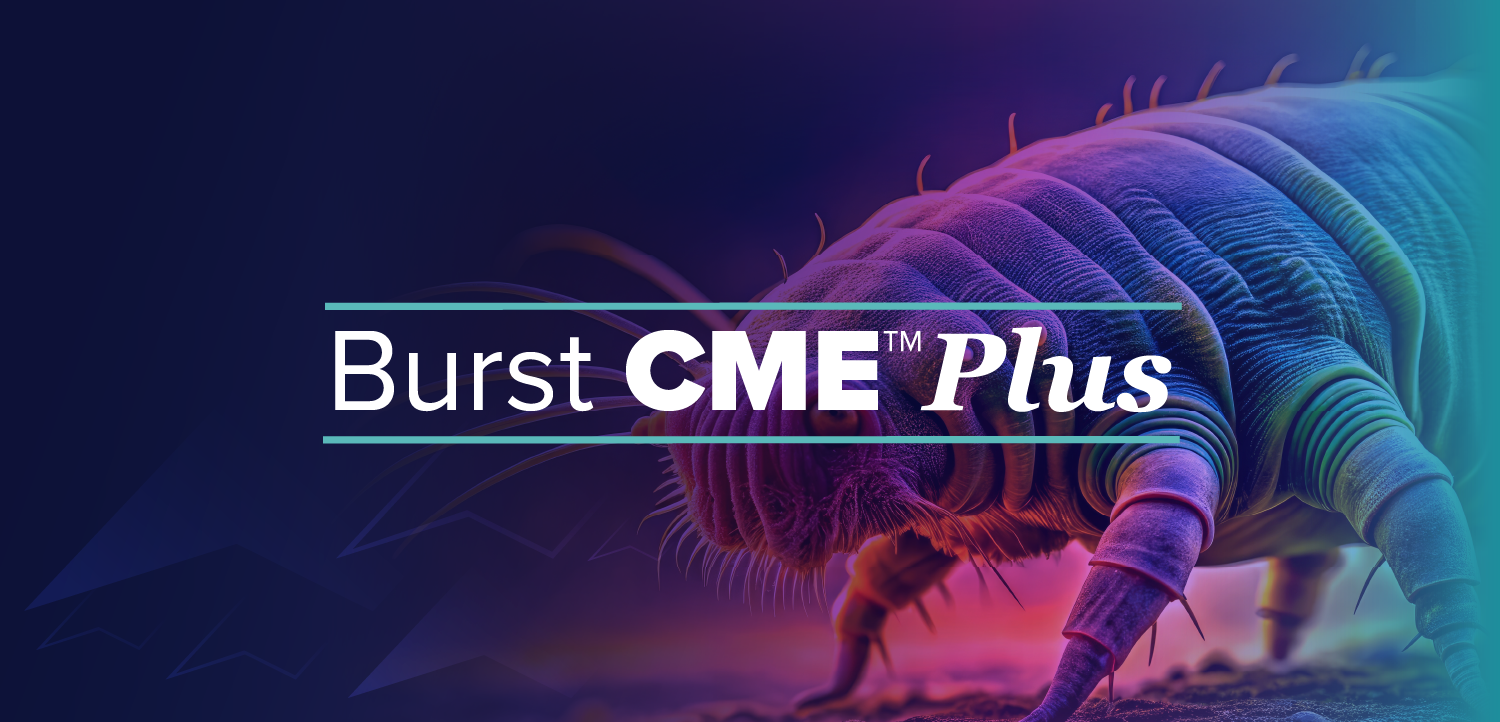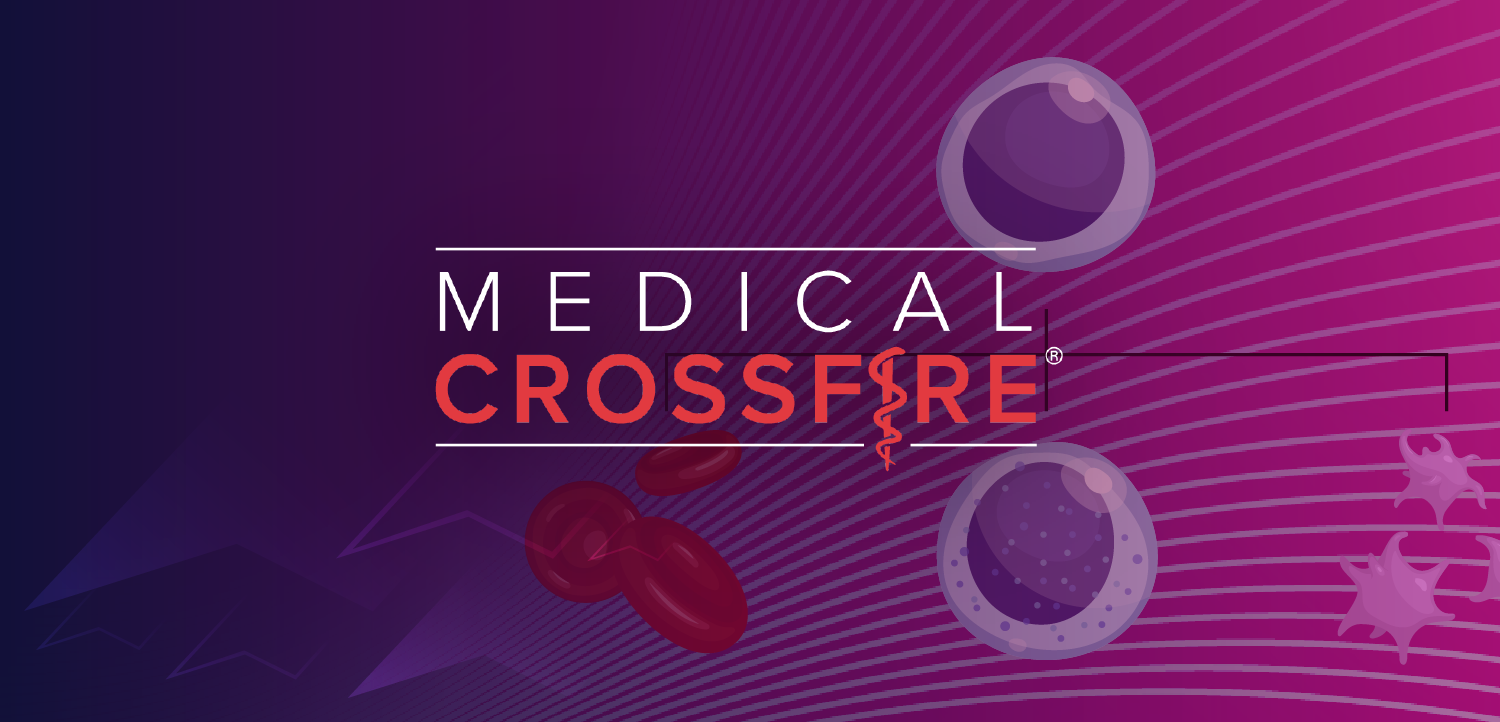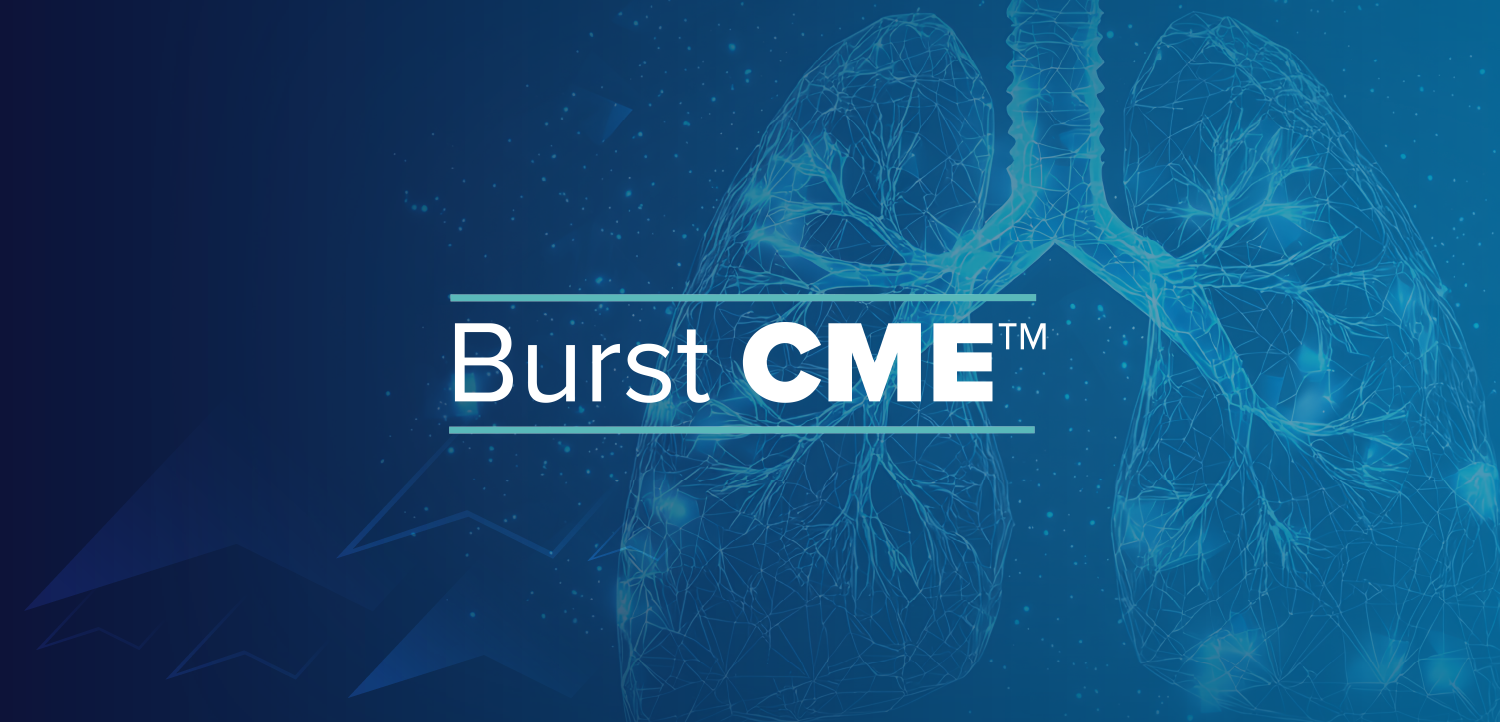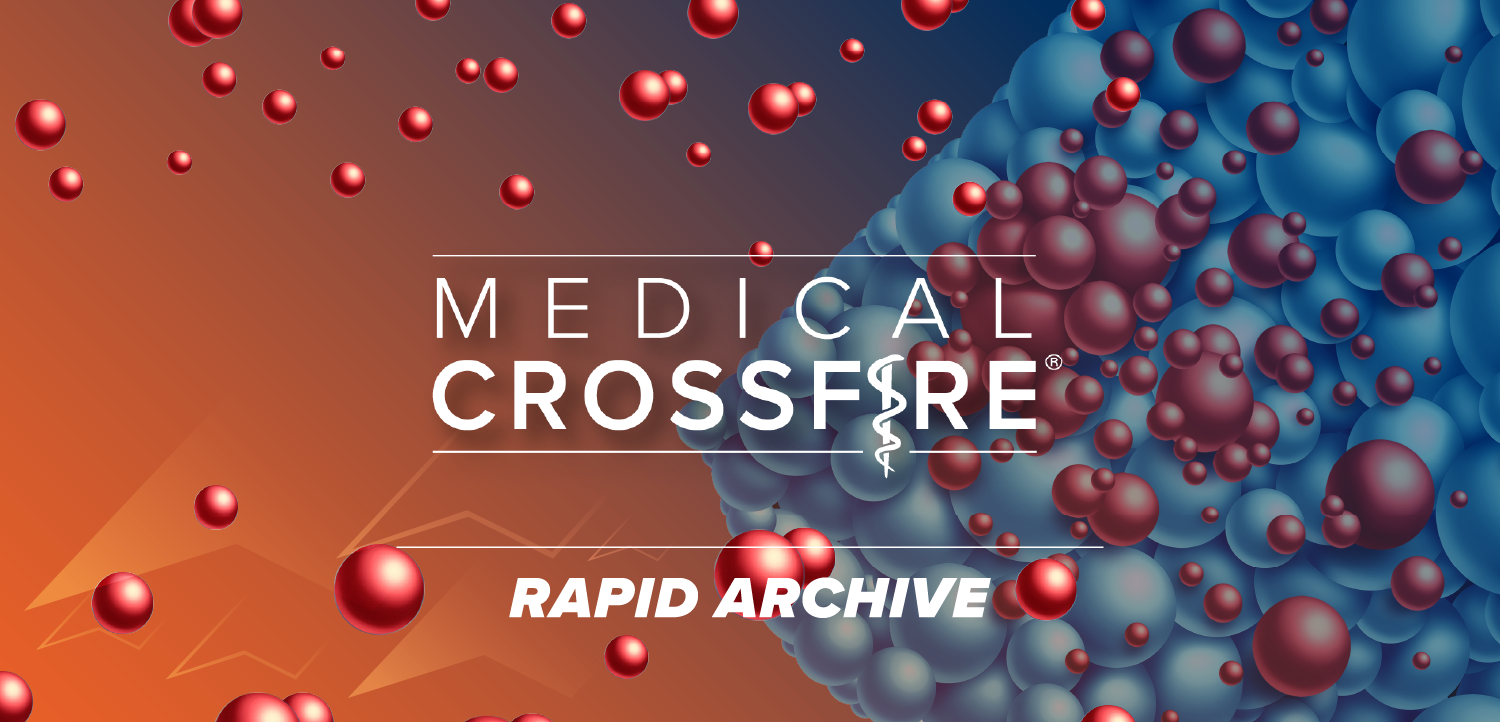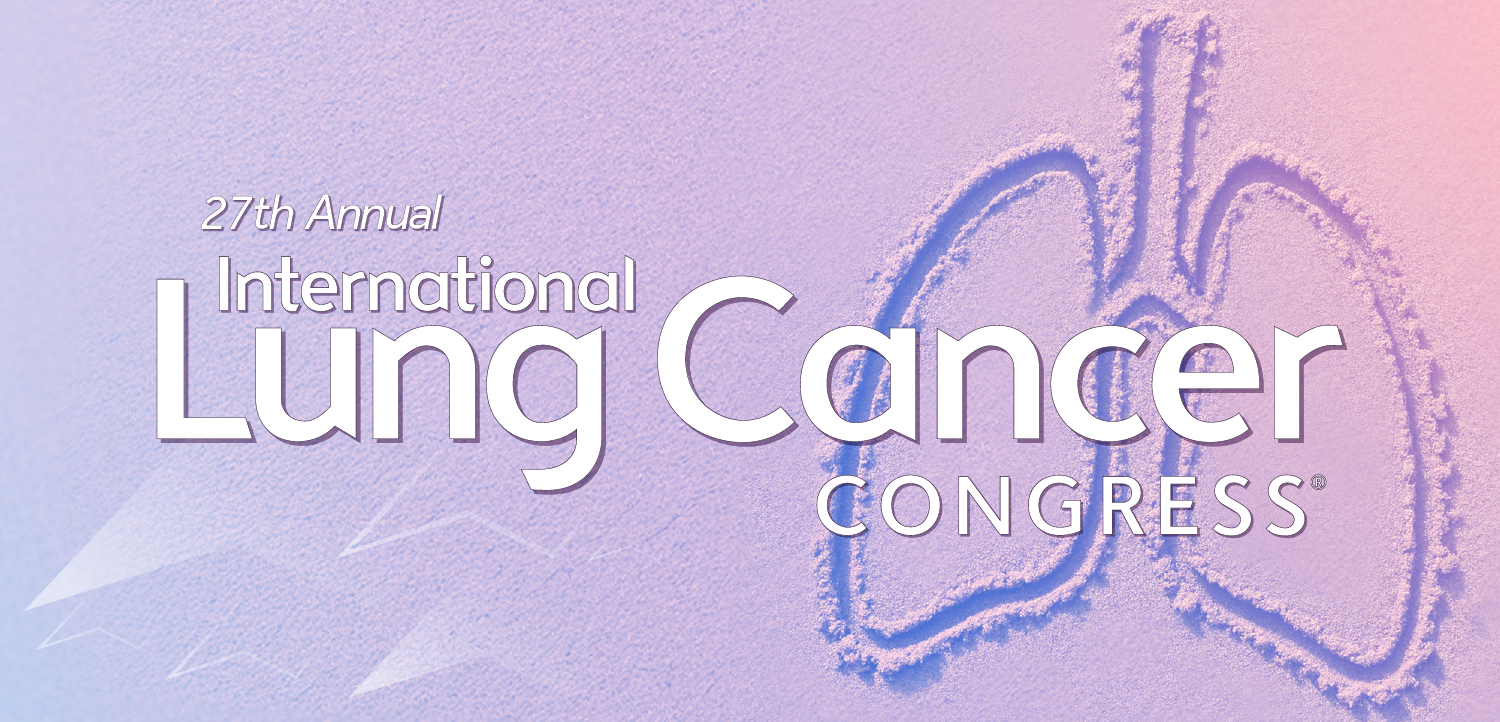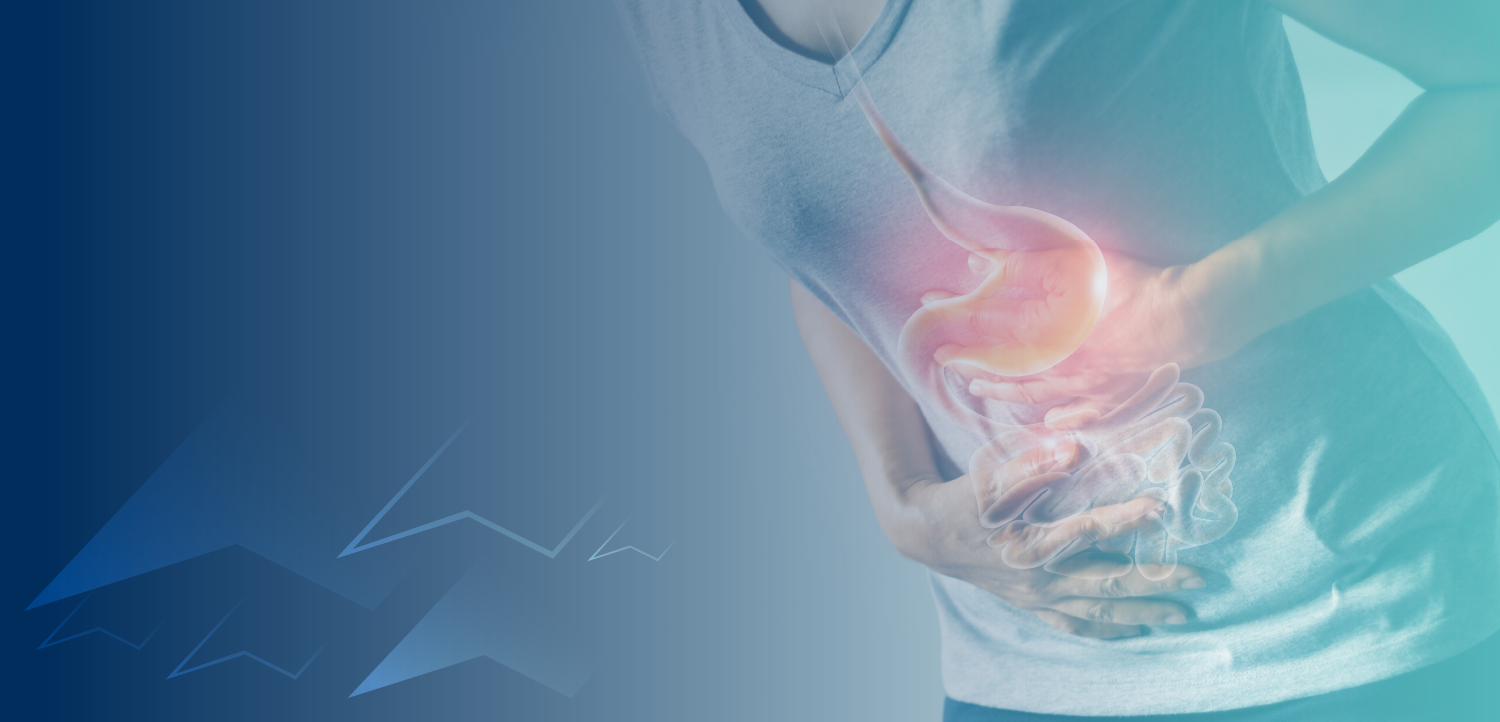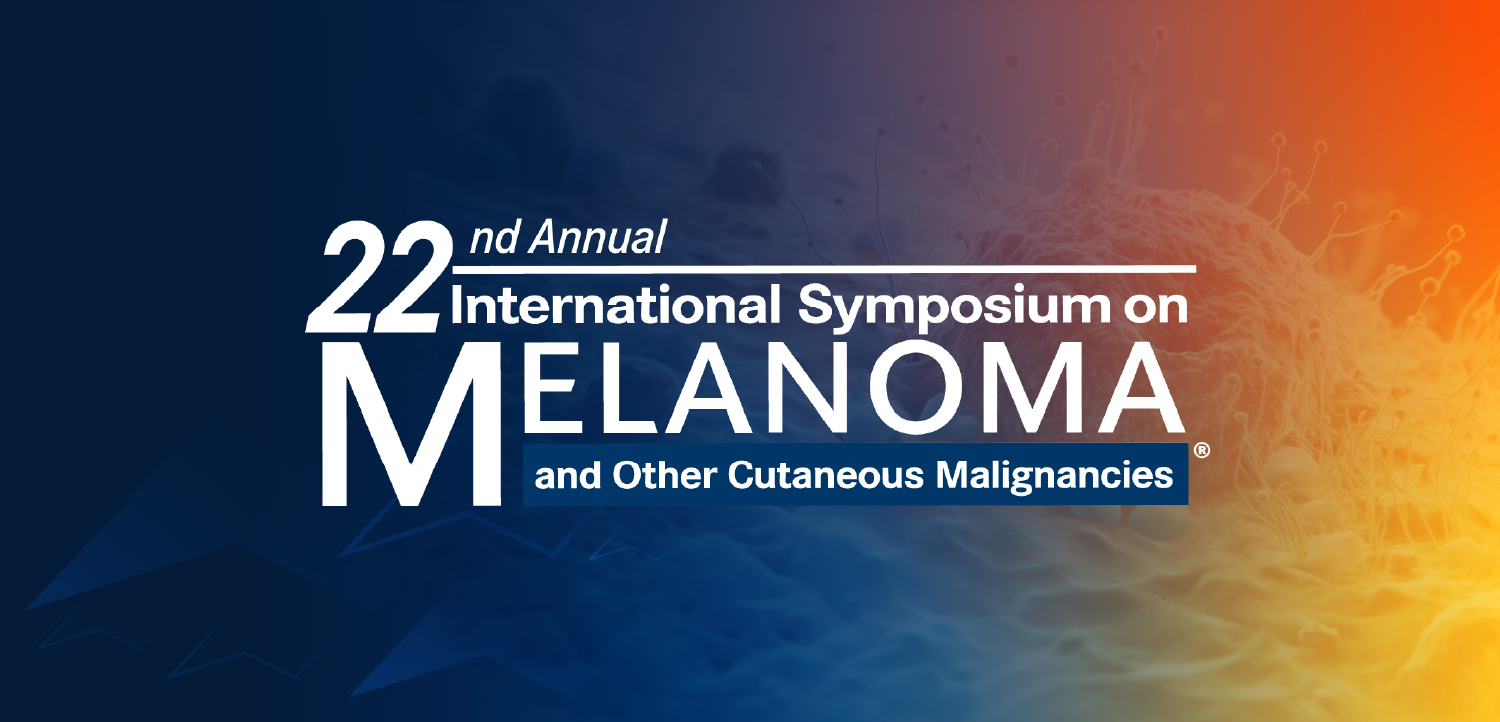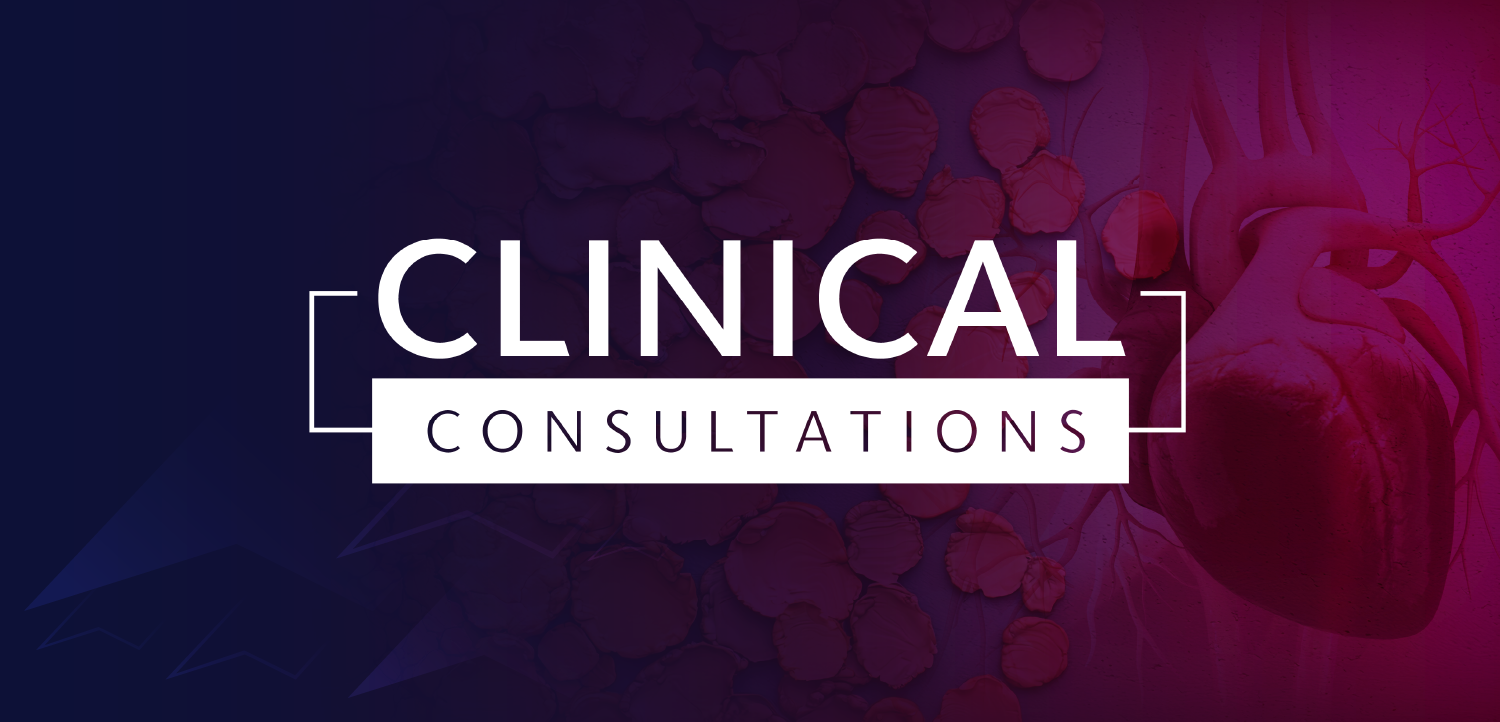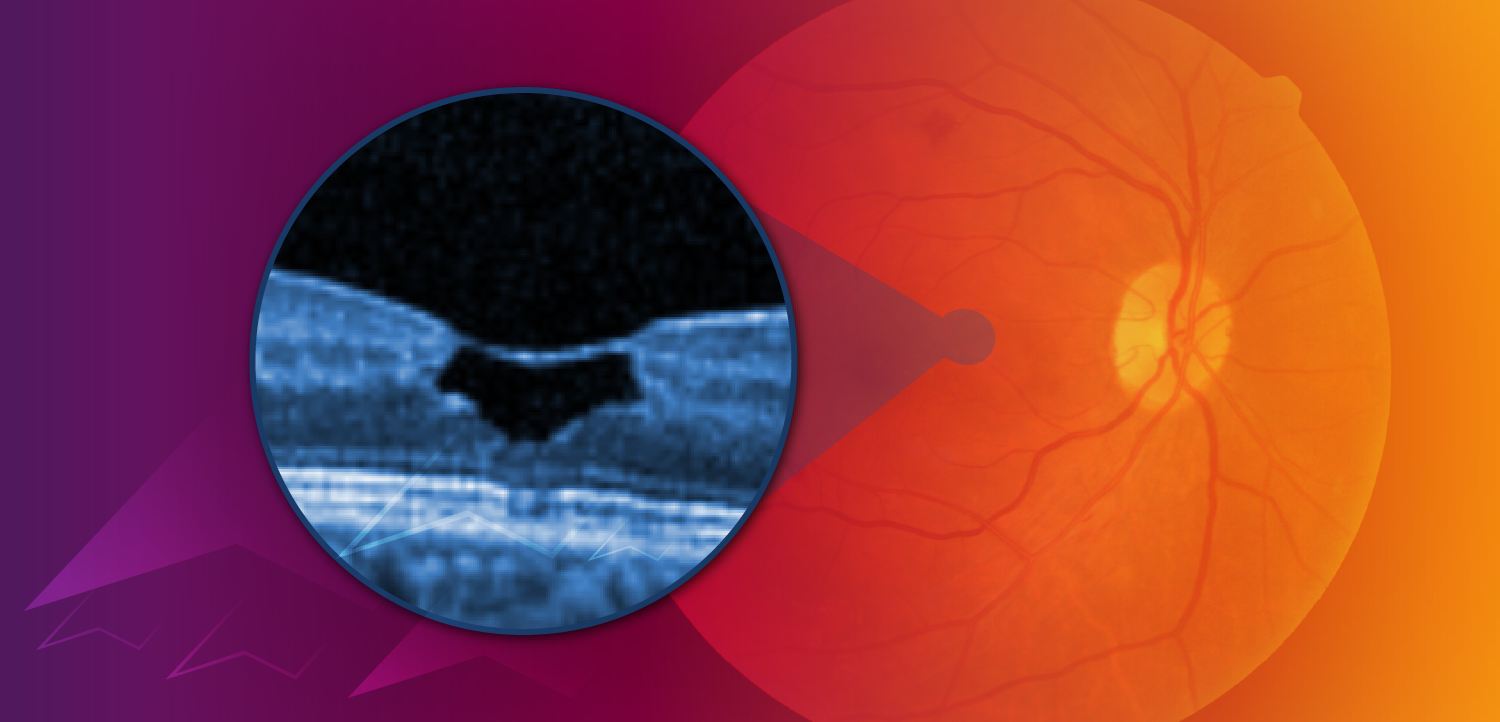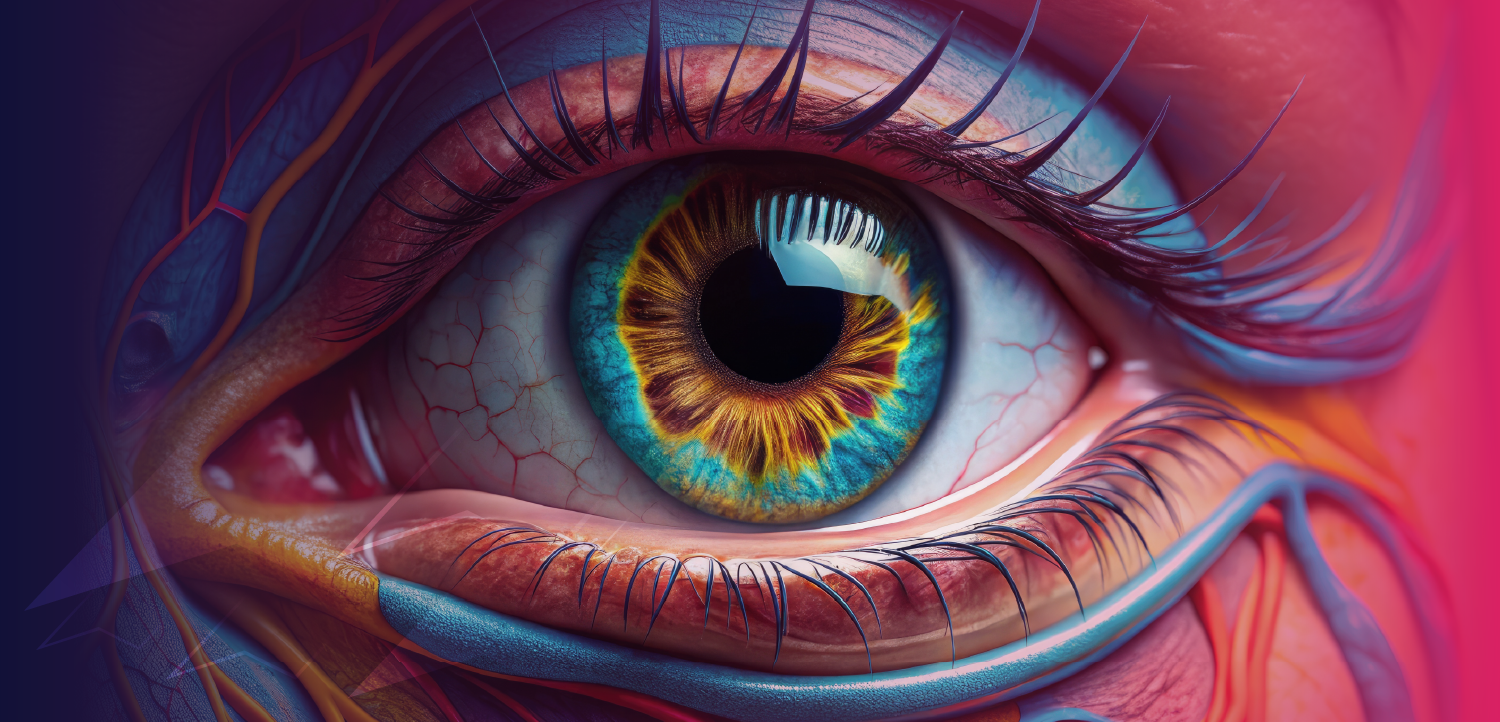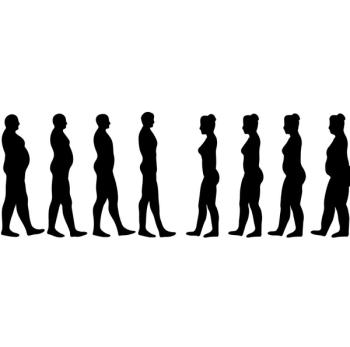
Lasers Don't Work for Dry Age-Related Macular Degeneration
PHILADELPHIA -- Low-intensity laser treatment is not effective at preventing complications or associated vision loss from the dry type of age-related macular degeneration, reported researchers here.
PHILADELPHIA, Nov. 2 -- Low-intensity laser treatment is not effective at preventing complications or associated vision loss from the dry type of age-related macular degeneration, reported researchers here.
In a multicenter study of more than 1,000 patients treated with laser therapy in one eye, with the other eye serving as a control, an identical number of treated and untreated eyes (20.5%) had lost three lines of visual acuity on a standard eye chart, reported Stuart L. Fine, M.D., of the University of Pennsylvania, and colleagues, in the November issue of Ophthalmology.
All of the patients had at study outset 10 or more large drusen, the yellow-pigmented sub-retinal deposits that are the characteristic first sign of early age-related macular degeneration. Eyes with large drusen are at increased risk for age-related macular degeneration progression.
"For the past 35 years, ophthalmologists have wondered about the advisability of employing preventive laser treatment for patients with large drusen who are at a high risk for vision loss and age-related macular degeneration," said Dr. Fine and colleagues.
"We found that laser treatment had neither a clinically significant beneficial nor harmful effect for these patients. There is no evidence from this trial to suggest that people with large drusen should seek preventive laser treatment," Dr. Fine said.
Paul A. Sieving, M.D., Ph.D., director of the National Eye Institute, which funded the study, added, "This is an important study, because after 35 years of inconsistent results from preventive laser treatment trials, we now know that this approach does not seem to stop vision loss from age-related macular degeneration. Doctors using this technique should reconsider its use in patients with good vision, such as those studied in this trial."
The only proven method for decreasing - but not halting - vision loss in people with early age-related macular degeneration is the use of high-dose antioxidant vitamins and mineral supplements, including vitamins C and E, beta-carotene, zinc, and copper, as shown in the Age-Related Eye Disease Study, Dr. Sieving noted.
In that trial, supplements reduced the risk of progression to advanced age-related macular degeneration by 25%, and the risk of moderate vision loss by 19%.
For the exudative or wet type of age-related macular degeneration, the focus of therapy is now shifting toward the use of antiangiogenic compounds, specifically inhibitors of vascular endothelial growth factor (VEGF).
Dr. Fine and colleagues at 22 centers conducted the Complications of Age-Related Macular Degeneration Prevention Trial (CAPT), which enrolled 1,042 patients with 10 or more large drusen (>125 ?m) visual acuity of 20/40 or better in each eye.
For each patient, one eye was randomly assigned to receive low-intensity laser therapy, and the other eye was left untreated as a control.
The treated eyes each received 60 barely visible laser burns, 15 per quadrant, in a grid pattern with a 100 ?m spot size and 0.1-second duration. The treatment, delivered with an argon-green laser or other suitable laser, was applied with annulus between 1,500 and 2,500 ?m from the center of the fovea. The laser burns were applied without regard to the presence of drusen; that is, the treating ophthalmologist made no special effort to either avoid or target the deposits. All procedures were performed with eye under topical anesthesia.
The main study outcome was the proportion of eyes at five years with loss of three or more lines of visual acuity from baseline. Secondary outcomes included the development of neovascularization of the choroidal layer of the retina or geographic atrophy, change in contrast threshold, change in critical print size for reading, and incidence of ocular adverse events.
They found that at five years, an identical number of treated and untreated eyes -- 188 in each group, or 20.5% -- had lost three or more lines of visual acuity (P=1.00).
Cumulative five-year incidence rates for treated and observed eyes were 13.3% and 13.3% (P= 0.95) for choroidal neovascularization and 7.4% and 7.8% (P= 0.64) for geographic atrophy, respectively.
The contrast threshold doubled in 23.9% of treated eyes and in 20.5% of untreated eyes (P = 0.40), and the critical print size for reading doubled in 29.6% of treated eyes and in 28.4% of observed eyes (P = 0.70).
Adverse events, defined as the loss of six or more lines of visual acuity from the initial visit without the development of choroidal neovascularization, serous retinal pigment epithelial detachment, geographic atrophy, or cataract occurred in six (0.6%) of the treated eyes and in 14 (1.3%) of the observed eyes.
Causes for the visual loss in these patients included macular holes, macular edema, and Alzheimer's disease.
The study results, while disappointing to patients with age-related macular degeneration, are not particularly surprising, since the utility of laser therapy for dry age-related macular degeneration has been controversial, says a retinal specialist who was not involved in the study.
"Drusen are certainly a marker for the disease, but we don't really know for sure that they have a role in the pathogenesis of the disease, Therefore, it was never clear that getting rid of drusen meant that we were getting rid of disease or the outcome," said John I Lowenstein, M.D., of Harvard Medical School, and the Massachusetts Eye & Ear Infirmary in Boston, in an interview.
He noted that there are also risks to using lasers in this population, because the laser's energy can disrupt Bruch's membrane which serves as a barrier to the growth of abnormal vessels under the retina.
"It's been known for a while that using laser can actually bring out exudative, 'wet' disease, and in fact, all the animal models used to test the new VEGF compounds are made with laser. That's how it's done," Dr, Lowenstein said.
Newsletter
Enhance your clinical practice with the Patient Care newsletter, offering the latest evidence-based guidelines, diagnostic insights, and treatment strategies for primary care physicians.









